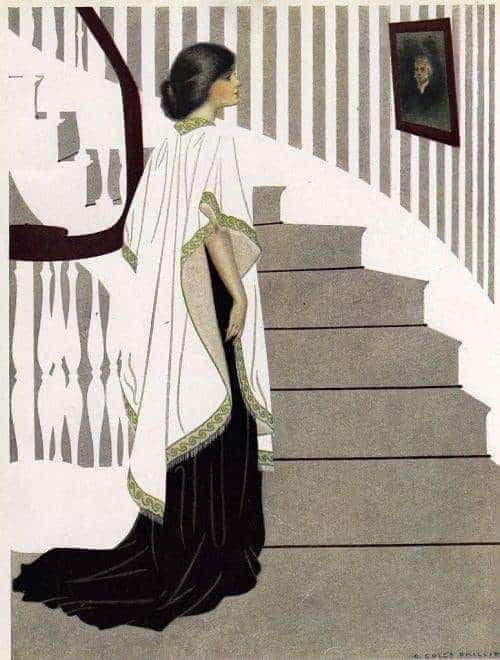STAIRS
Halfway down the stairs
Is the stair
Where I sit.
There isn’t any
Other stair
Quite like
It.
I’m not at the bottom,
I’m not at the top;
So this is the stair
Where I always
Stop.
A.A. Milne
Common-sense lives on the ground floor […] on the same level as the others, as the passers-by, who are never dreamers.
Gaston Bachelard, The Poetics of Space
See Symbolism of the Dream House for more on stairs and the places they connect.
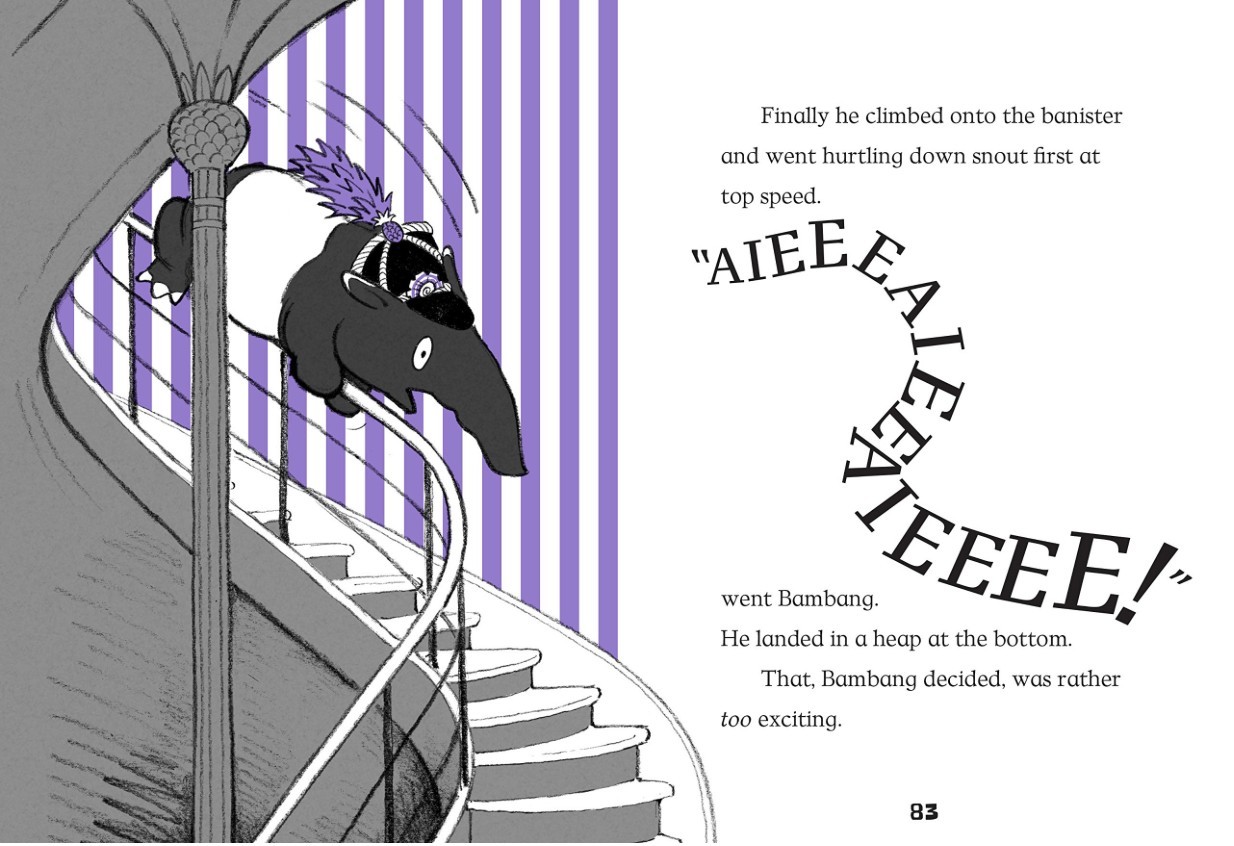
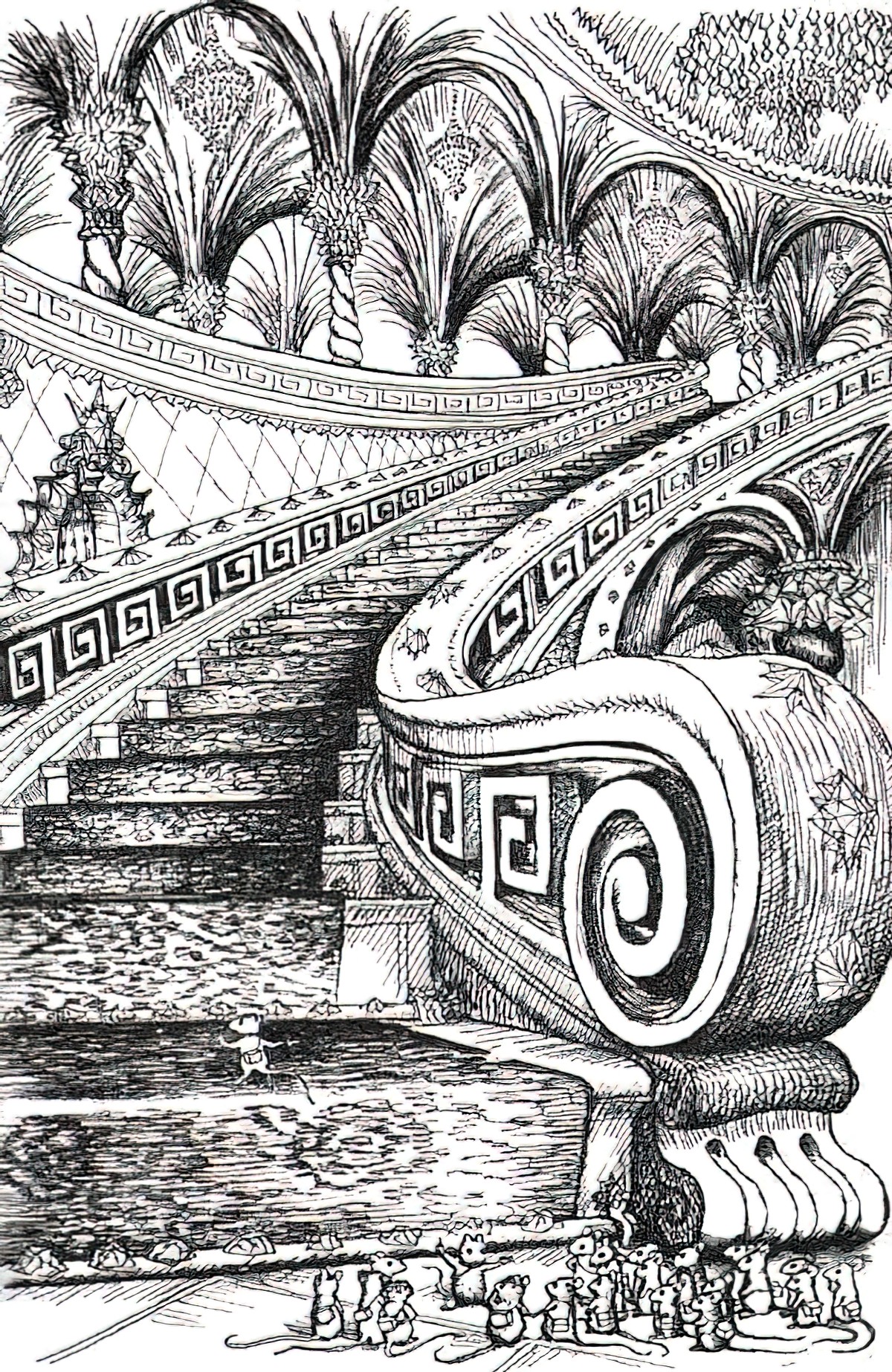
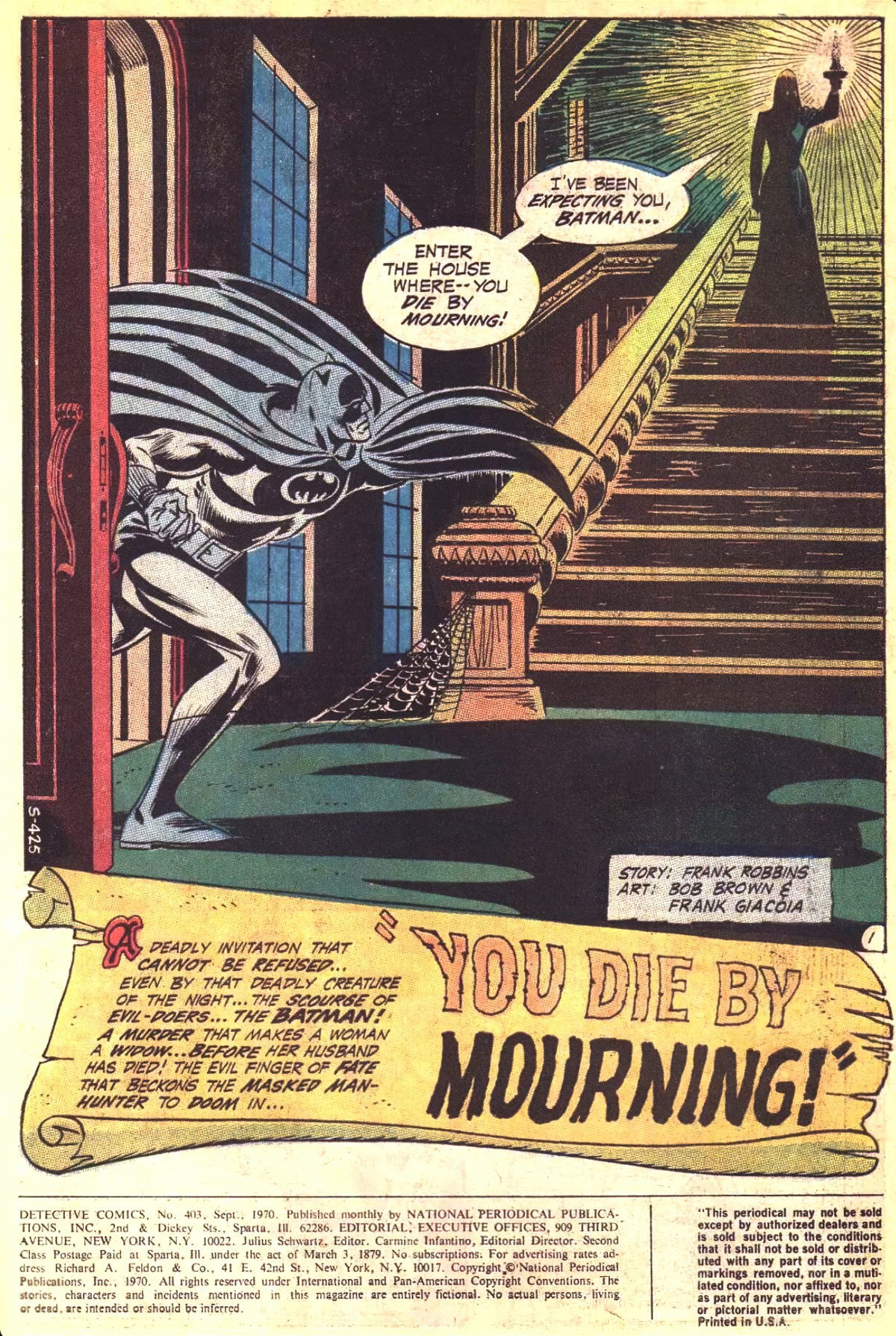
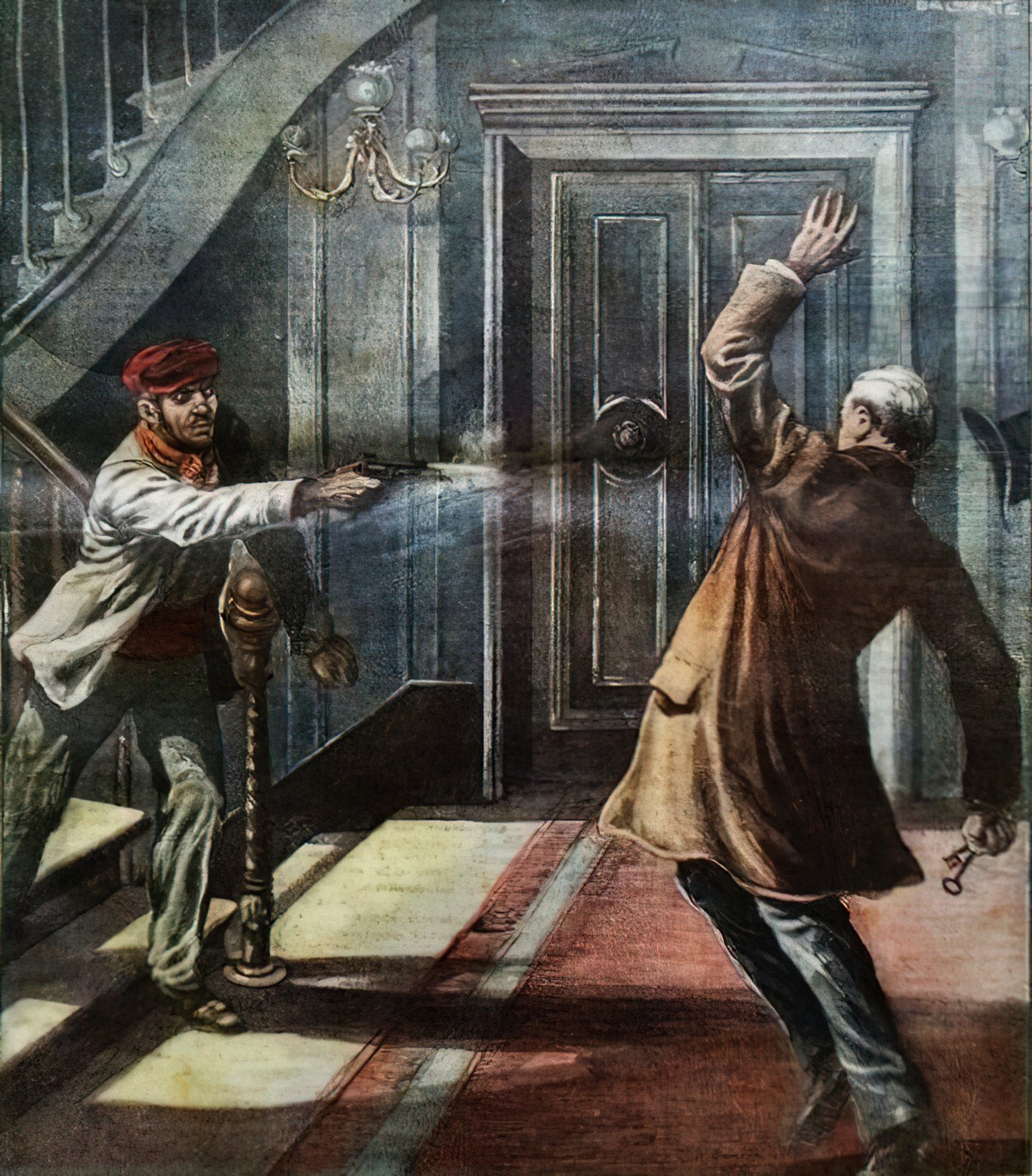
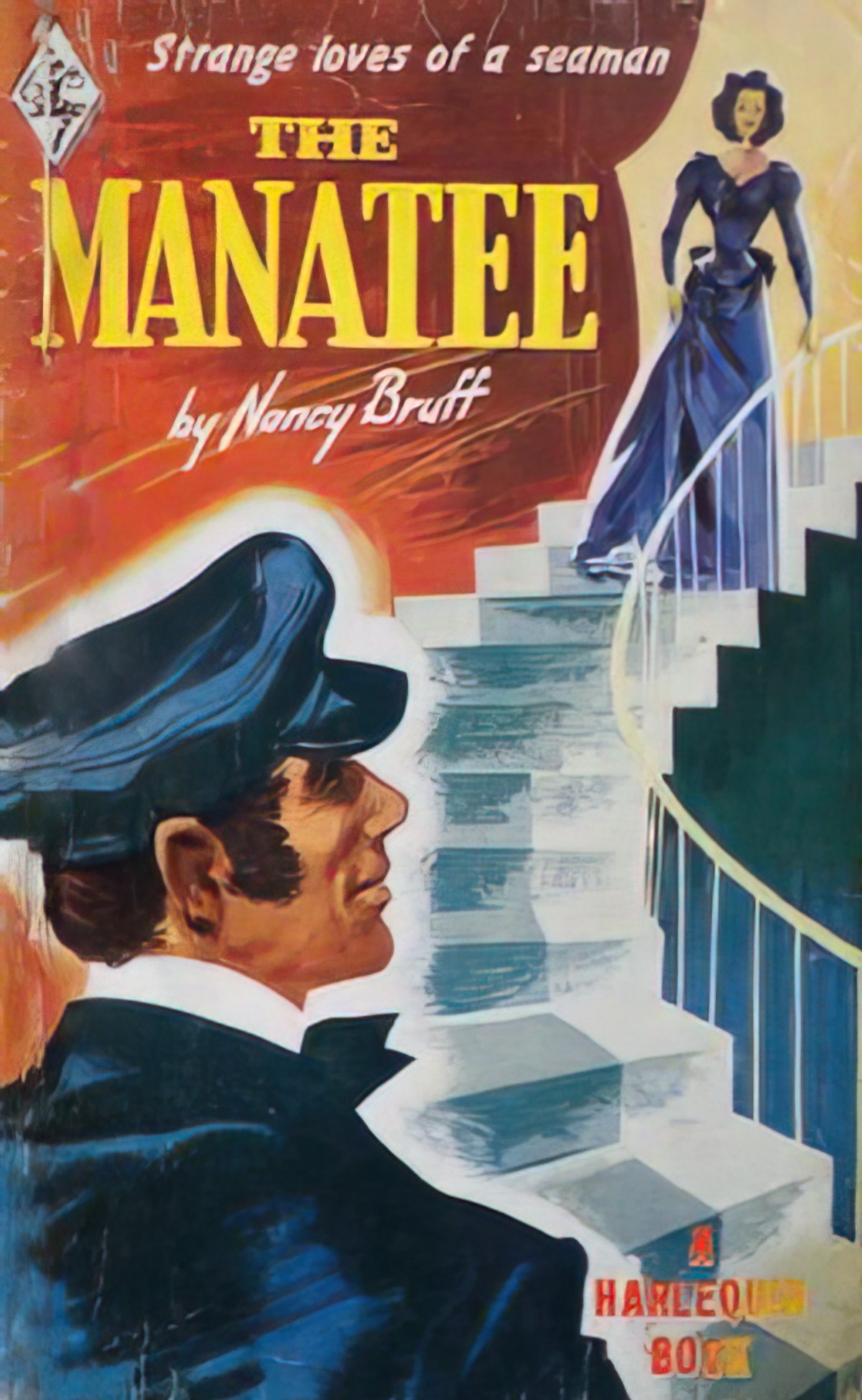
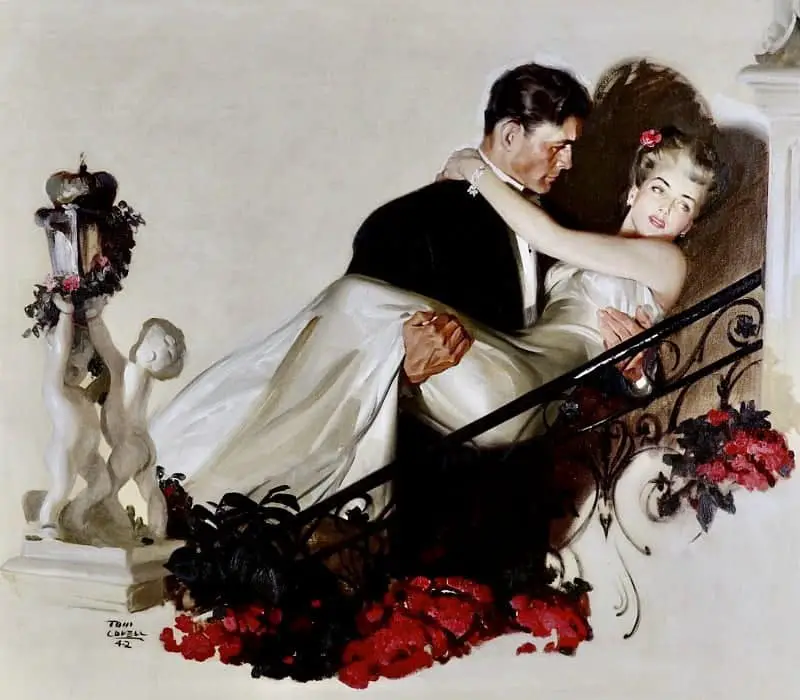
Beauty and the Beast
Stairs = Ascent To Heaven
This image is from the 1986 version retold by Anne Carter, illustrated by Binette Schroeder. Beauty and the Beast has a strong Christian message for young women: Do as you’re told and you’ll wind up in Heaven. Here we see her going up the stairs into the Beast’s castle, sure that she’s about to end up dead.
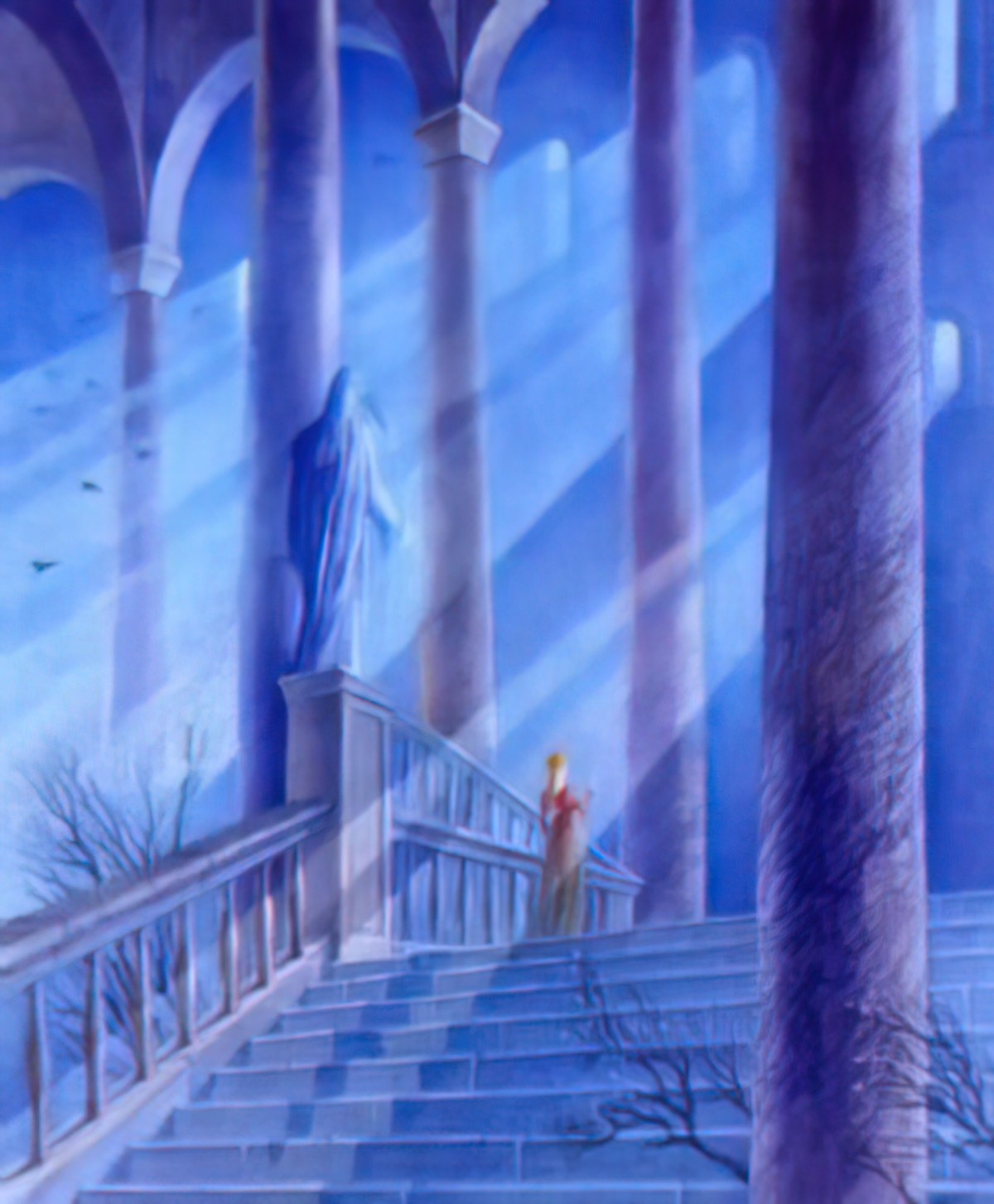
Stairs as Ascent into Terror and Imagination
I like drawing staircases, so it seems. There’s nothing like a steep staircase to add some tension and drama to an illustration.
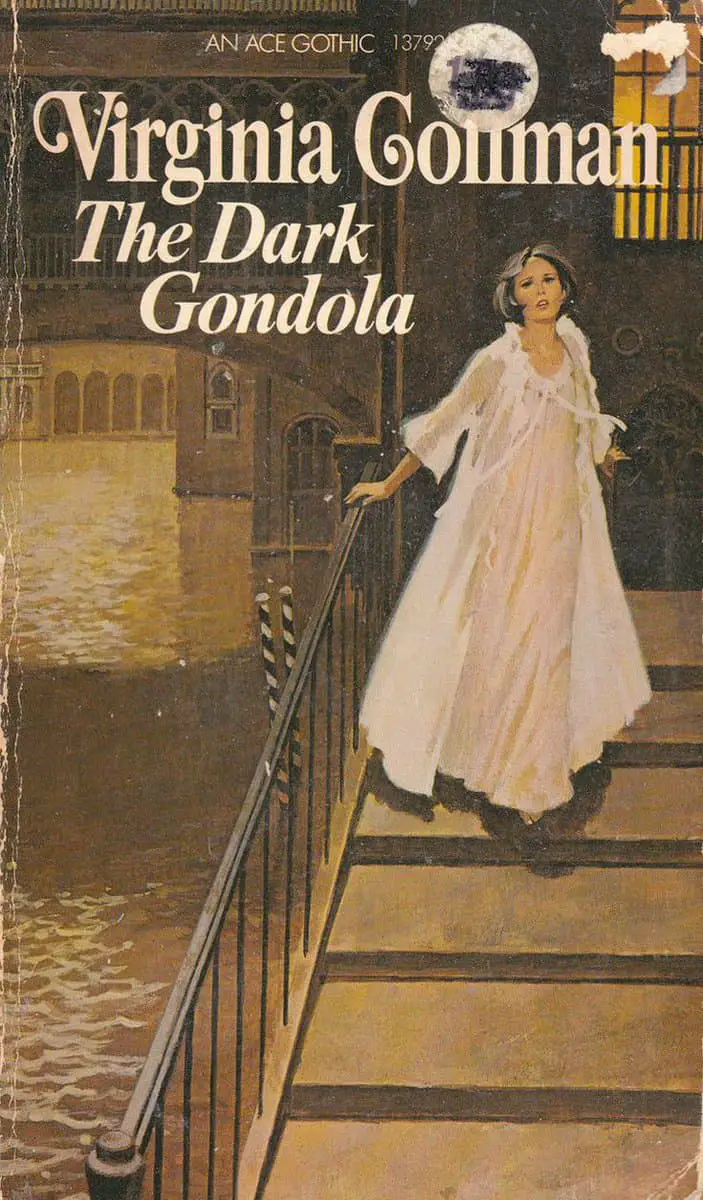
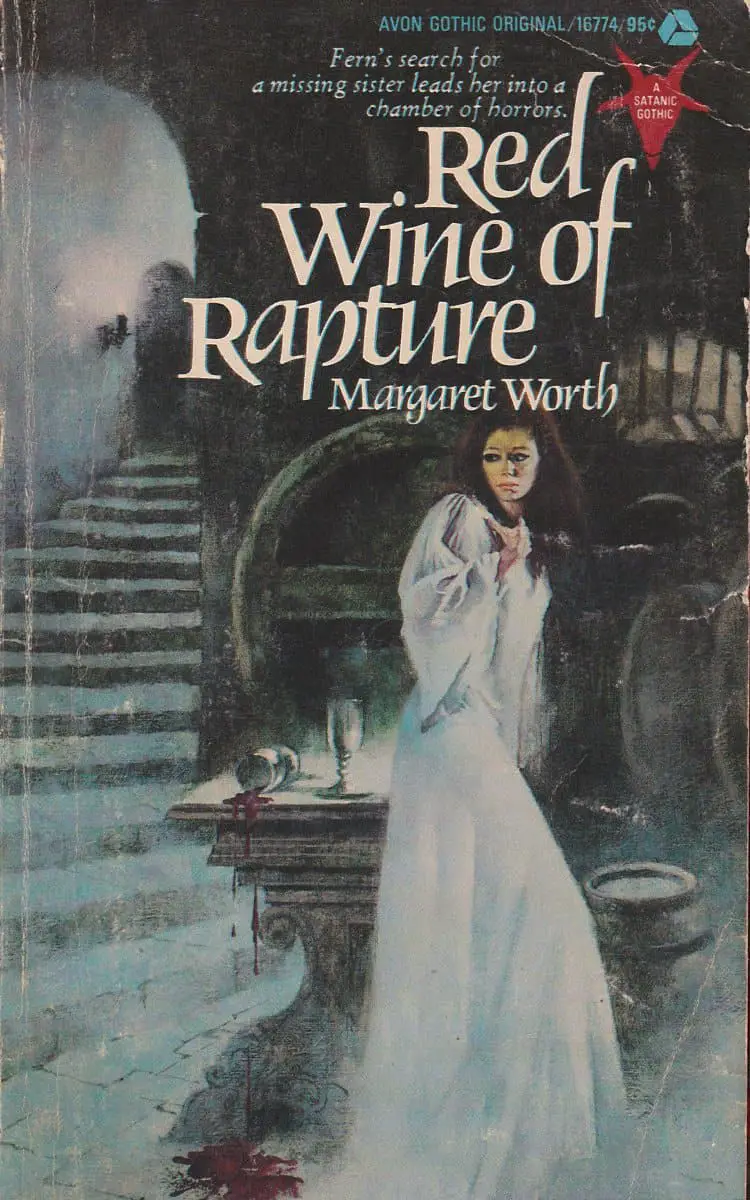
Stairs As Eavesdropping Spaces
A battle scene in 101 Dalmatians (1963) features a chase and dodge sequence which takes place on the stairwell of a big, unwelcoming, aristocratic house. Staircases allow for a variety of angles.

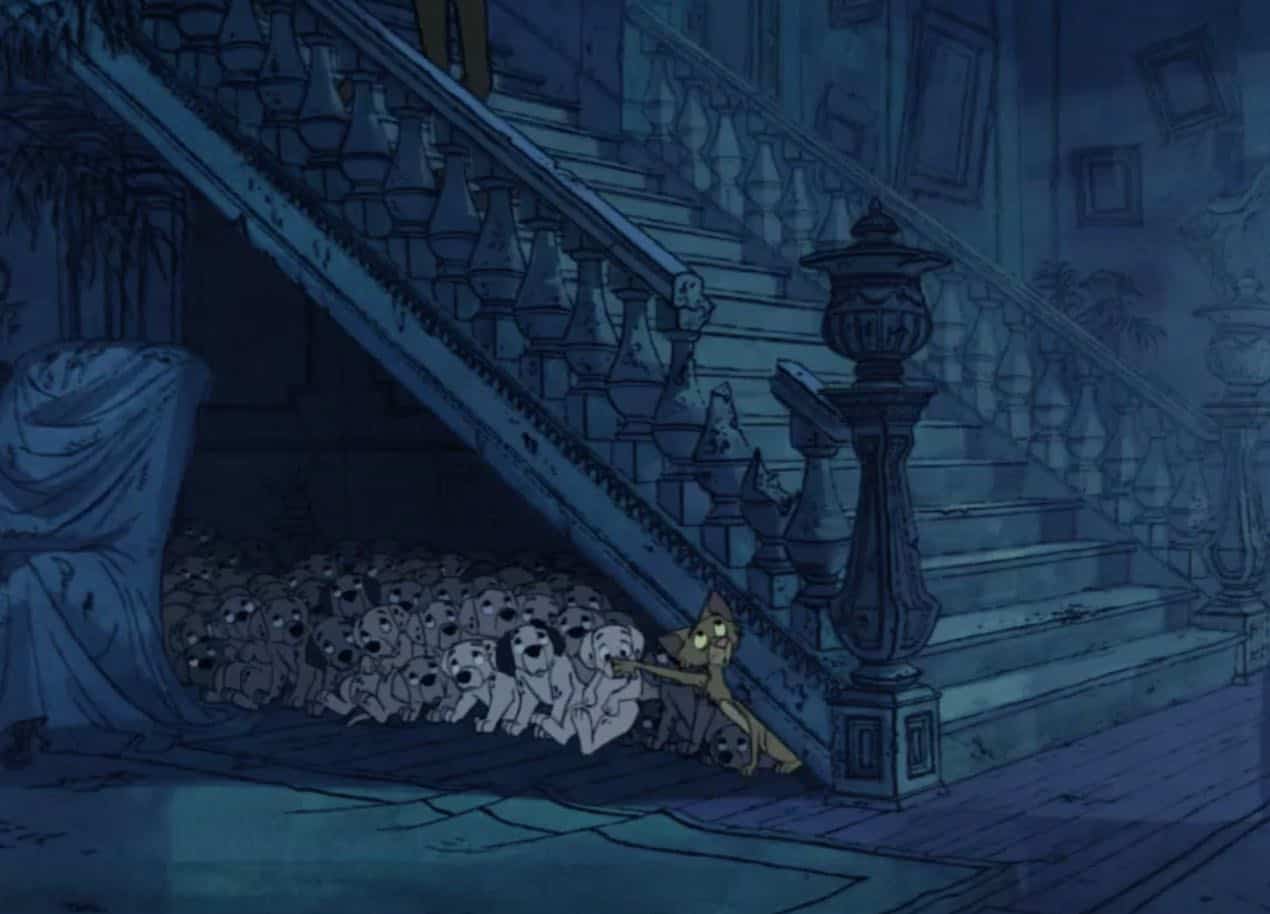
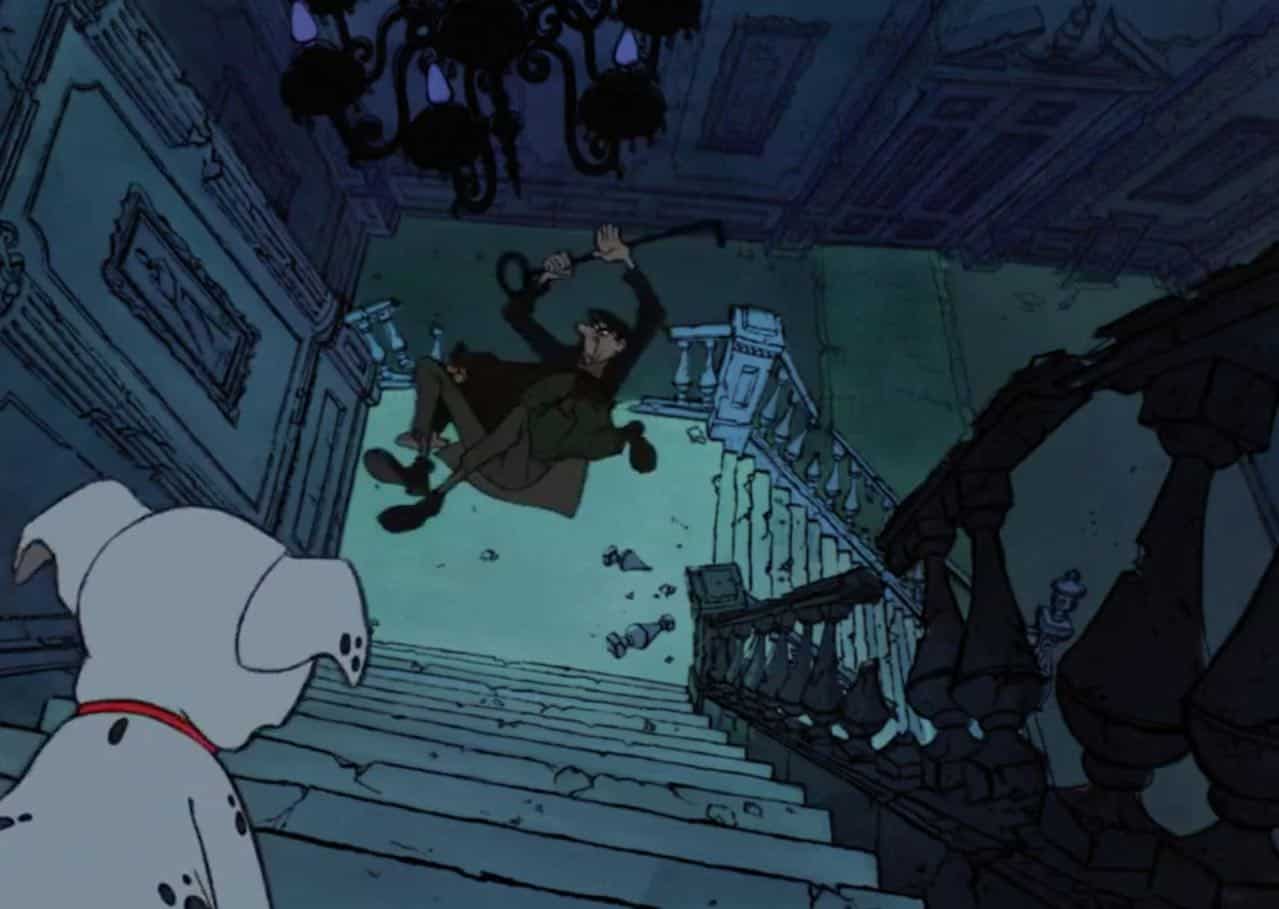
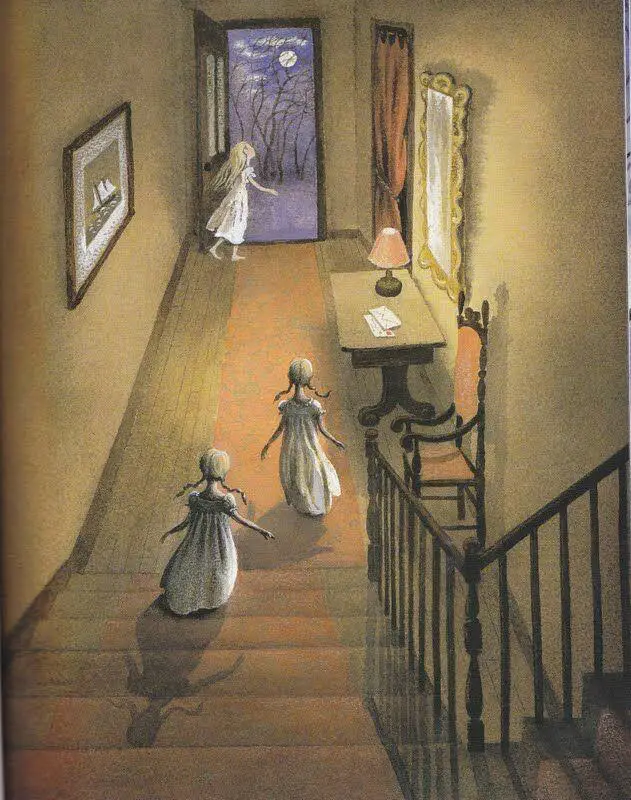
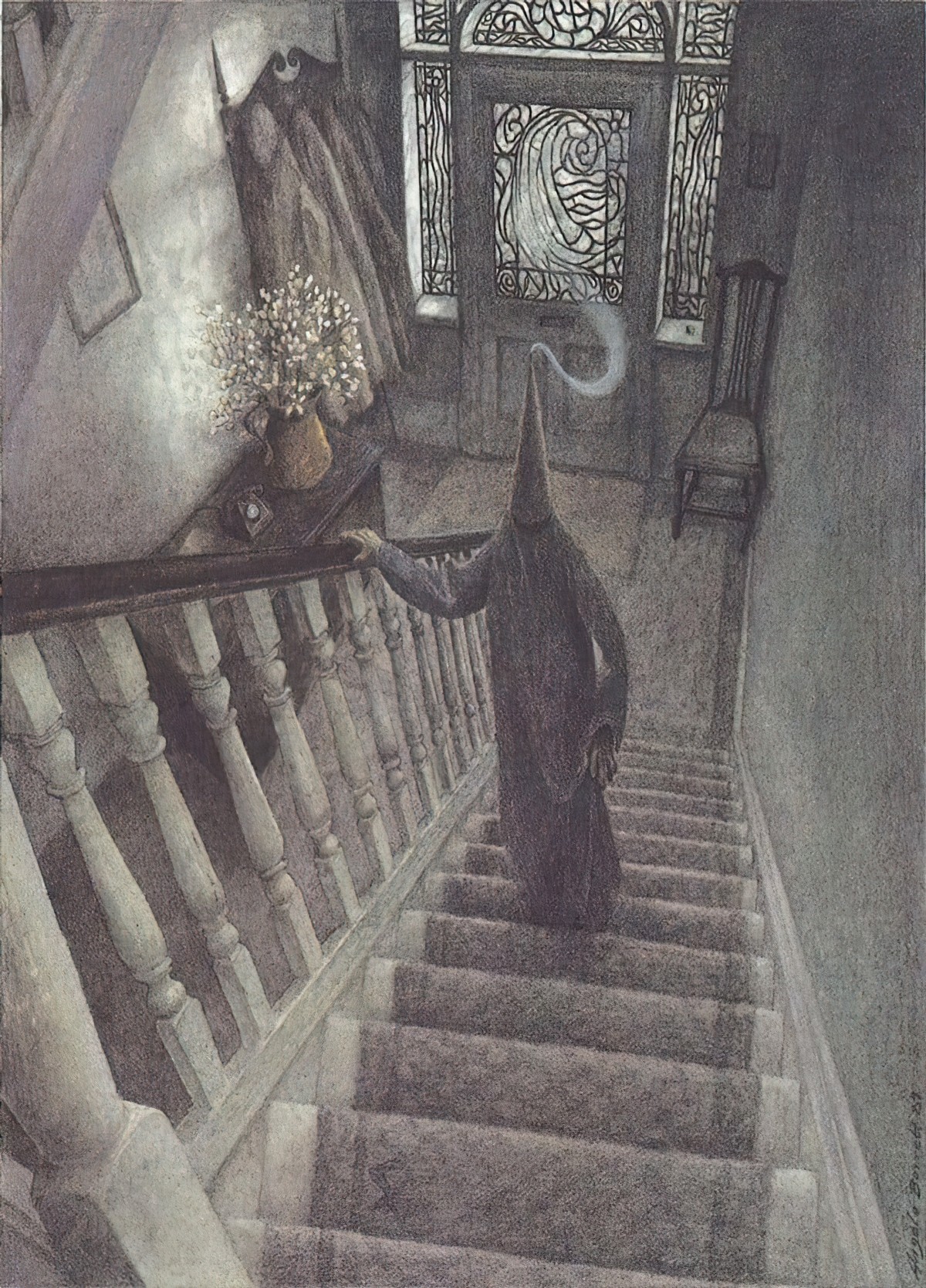
Speaking of ominous staircases, you may have seen a picture of Stairs to Heaven or Haiku Stairs on the Internet.
Over at Messy Nessy is an explanation:
“The Stairway to Heaven, also known as the Haiku Stairs, is a series of 3,922 steps in Oahu, Hawaii on the Koolau Mountain Range. The staircase was built by in 1942 by the U.S. Navy and its scenic views made it a popular tourist attraction. The Stairway to Heaven was closed off in 1982, and scheduled to re-open in 2001 after an $875,000 renovation but local residents opposed access in a NIMBY (Not In My BackYard) move. Hikers ignored the signs placed by the city, the city hired security guards to block access, so hikers then accessed the Stairway to Heaven in the middle of the night.”
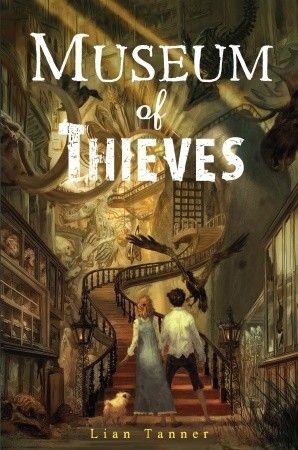
Welcome to the tyrannical city of Jewel, where impatience is a sin and boldness is a crime.
Goldie Roth has lived in Jewel all her life. Like every child in the city, she wears a silver guardchain and is forced to obey the dreaded Blessed Guardians. She has never done anything by herself and won’t be allowed out on the streets unchained until Separation Day.
When Separation Day is canceled, Goldie, who has always been both impatient and bold, runs away, risking not only her own life but also the lives of those she has left behind. In the chaos that follows, she is lured to the mysterious Museum of Dunt, where she meets the boy Toadspit and discovers terrible secrets. Only the cunning mind of a thief can understand the museum’s strange, shifting rooms. Fortunately, Goldie has a talent for thieving.
Which is just as well, because the leader of the Blessed Guardians has his own plans for the museum—plans that threaten the lives of everyone Goldie loves. And it will take a daring thief to stop him. . .
Some stairs are hidden, functioning as a labyrinth just beyond the familiar walls.
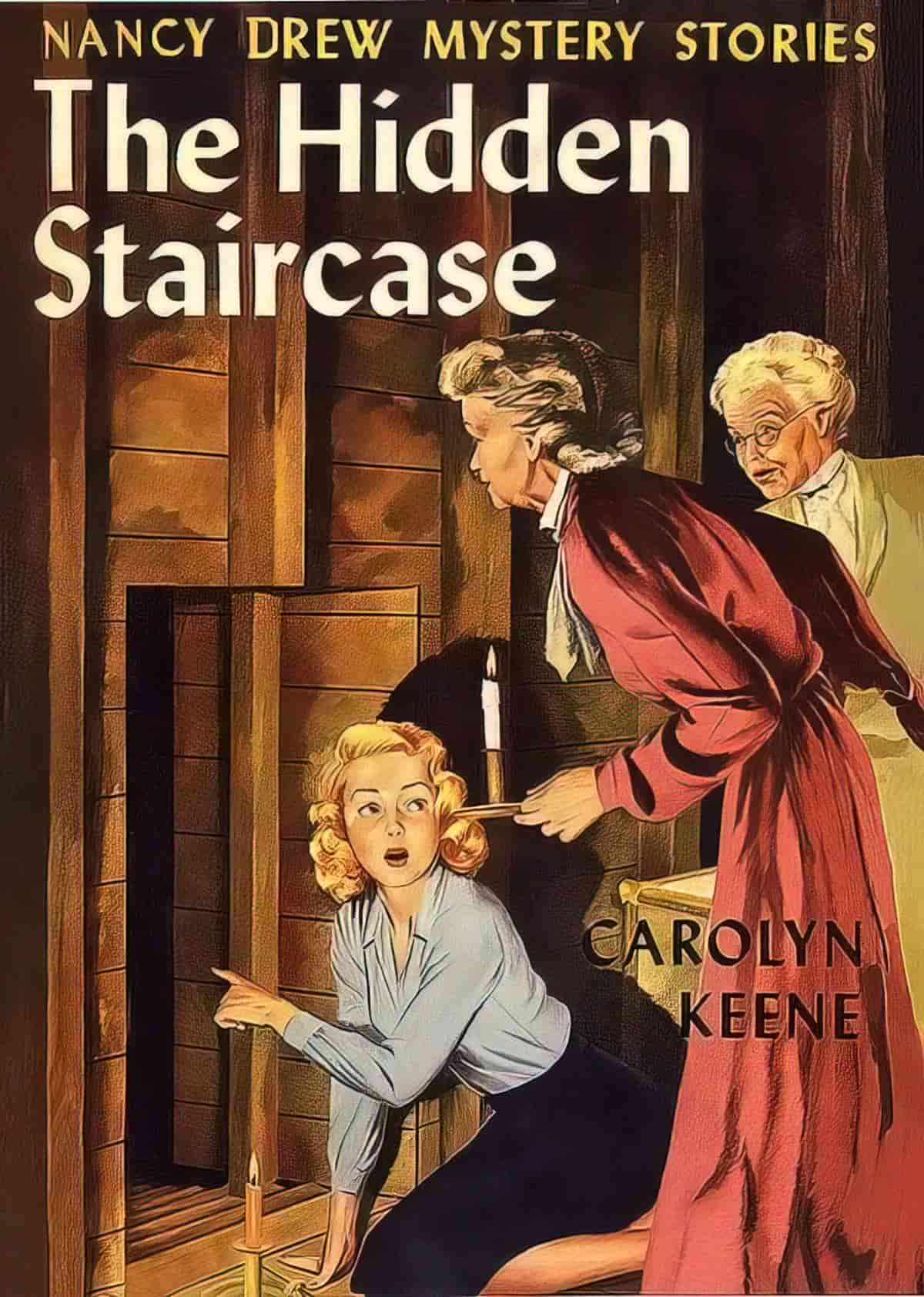
STAIRS AS LOVERS’ LANE
The stairs leading to the turret are narrow, which forces physical proximity.
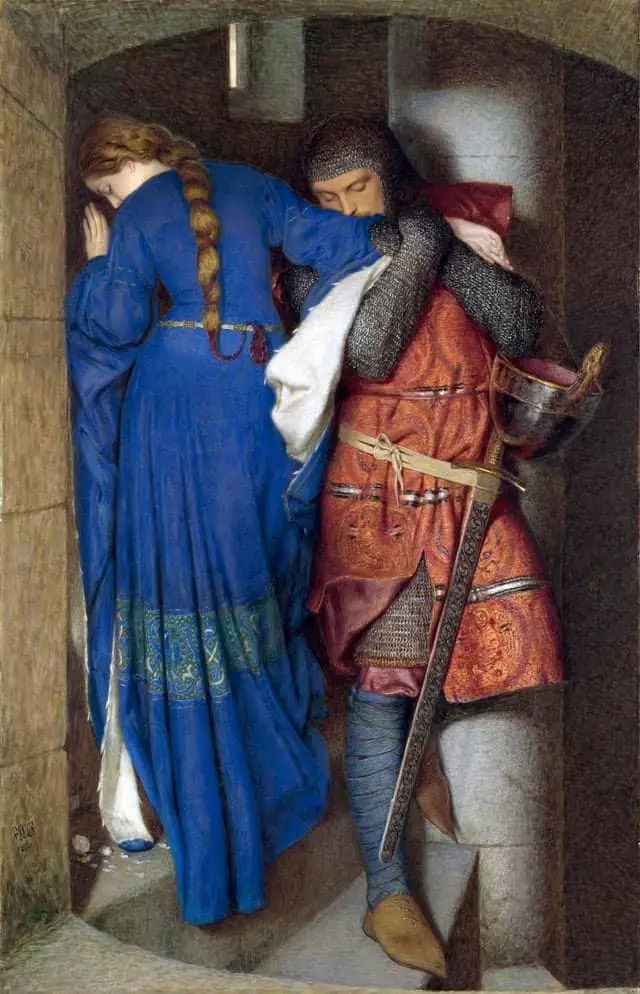
Stairs As Liminal Space
Don’t you think the stairs are a good place for reading letters? I do. One is somehow suspended. One is on neutral ground – not in one’s own world nor in a strange one. They are an almost perfect meeting place. Oh Heavens! How stairs do fascinate me when I think of it. Waiting for people – sitting on strange stairs – hearing steps far above, watching the light playing by itself – hearing – far below a door, looking down into a kind of dim brightness, watching someone come up. But I could go on forever. Must put them in a story though! People come out of themselves on stairs – they issue forth, unprotected.
Katherine Mansfield
Wolves In The Walls by Neil Gaiman and Dave McKean
Does anyone else find it ironically hilarious that the steps are made of anti slip metal? I mean, it’s necessary and all, and probably better than nothing, but that, folks, is what you call a death trap. Safety tread or no safety tread.
Wolves In The Walls is a contemporary story, but ‘living beings in the walls’ has a real-life history when we think back to the relatively recent Edwardian era, in which well-to-do houses kept a staff of services who lived, like rats, ‘behind the scenes’. Behind the green baize door. These servants had their own stairways, and were expected to keep apart from the owners and ‘proper residents’ of the house as much as humanly possible. If they were to ever meet their superior in the house, the most lowly of staff were expected to turn away, pretending not to have seen or heard a thing.
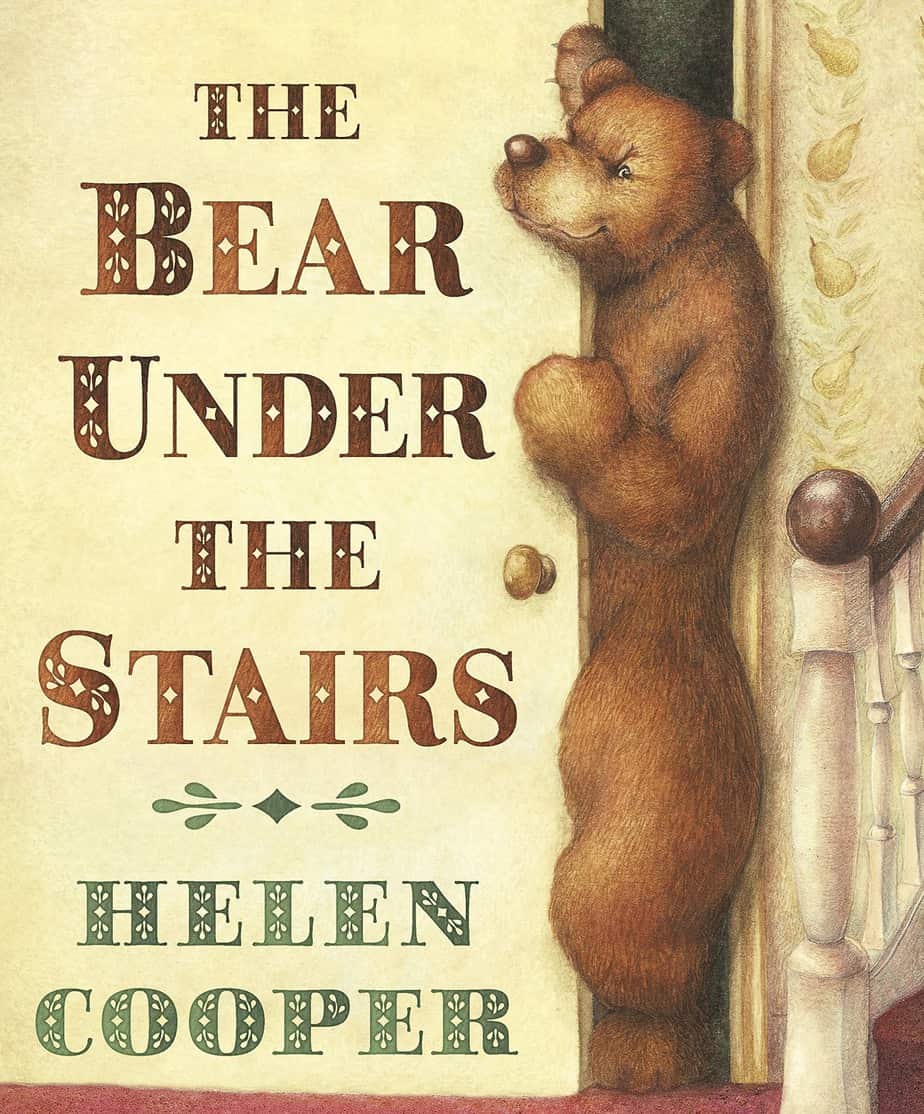
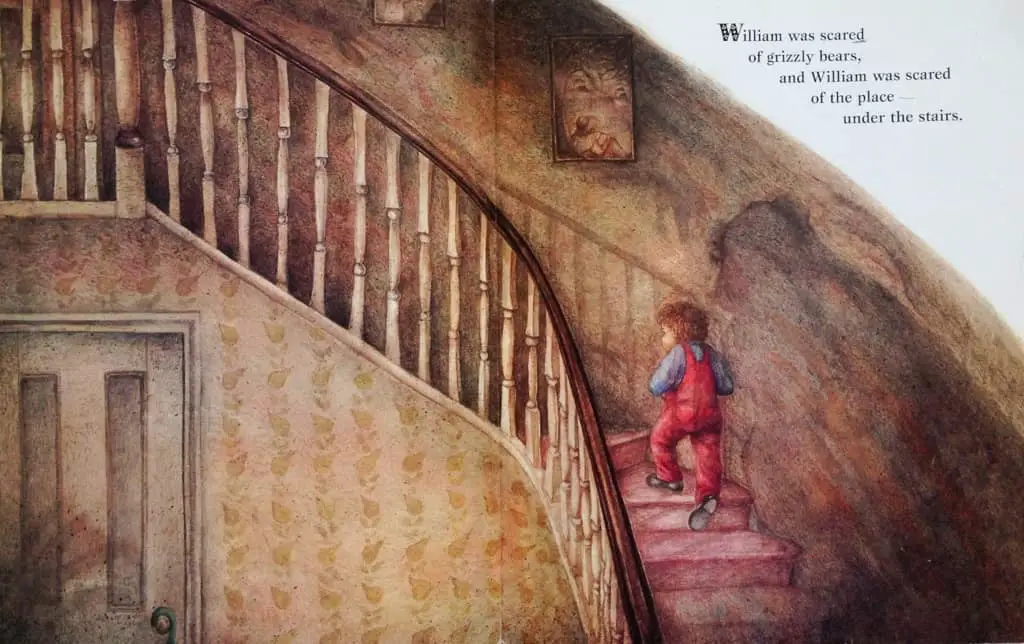
Behind the Green Baize Door
In order that the frenzied activity of the servants didn’t impinge on the peace and quiet of the household, there was a second staircase, unlit, between the attic where the maids lived and the basement where they worked. The servants’ stairs were behind the … green baize door, and led to a network of tunnels and passages few from the other side would ever need to see. The servants’ entrance was around the back of the house and, in town houses, was below ground level. It was considered a heinous impertinence for anyone of servant or tradesman class to call at the front door.
Along with the kitchen and scullery, the basement housed the sleeping quarters for the male members of staff as well as the butler’s pantry and the housekeeper’s room, where the preserves and pickles would be kept. If the housekeeper was lucky she would have enough room there.
Life Below Stairs: True Lives of Edwardian Servants by Alison Maloney
The Dark by Lemony Snickett and Jon Klassen
Stairs = Descent into terror
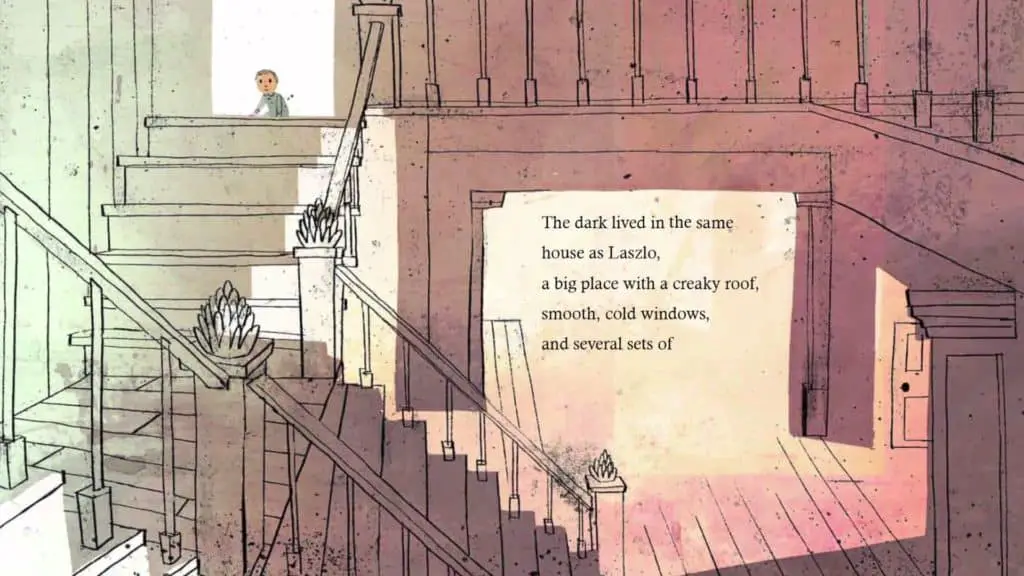
Geronimo Stilton
In this humorous series we have a mouse who is terrified of entering an attic. This is a small inversion on the norm, which is to be terrified of entering a basement.
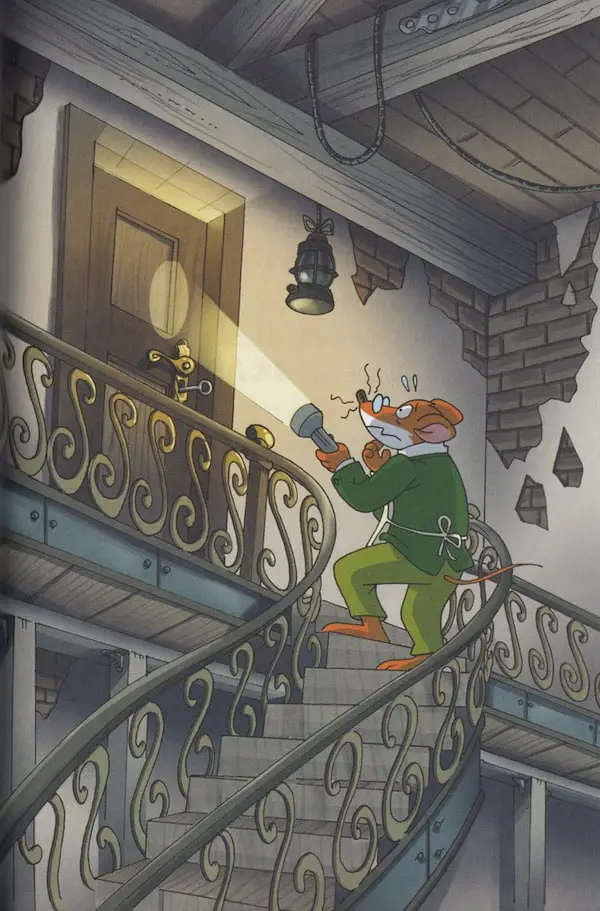
Courage The Cowardly Dog: The Demon In The Mattress (1999)
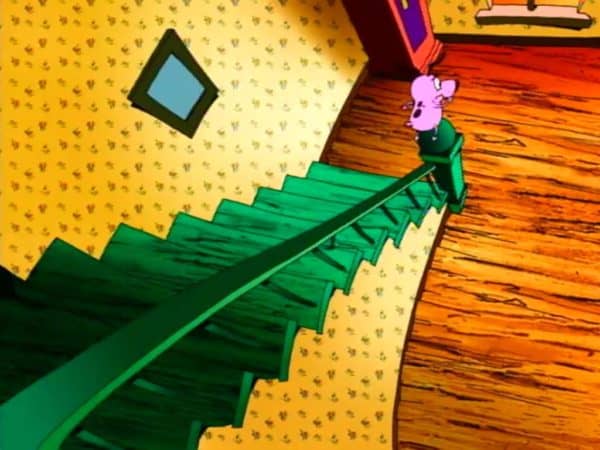
Midnight Feast by Slap Happy Larry (2013)
Stairs = descent into dreamlike other reality
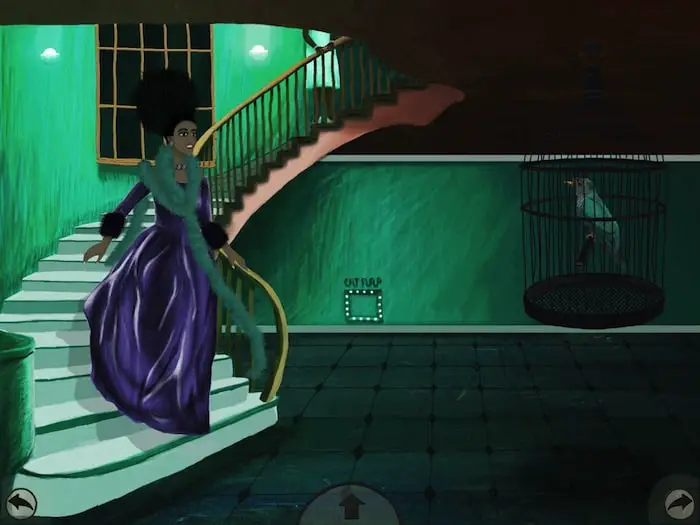
David’s Waiting Day by Bernadette Watts (1977)
At various other points in this picture book we see the young David gazing out at the reader from the second-storey bedroom window.
We don’t find out what it is David is waiting for until the end of the book (when we learn he has been waiting for his mother to come home with a new baby.) In the meantime, there is a deliberately ominous mood to this book, depicted here by the staircase in silhouette and backgrounded in black. David doesn’t know what’s going on. The mysteries of childbirth are kept from him. David is The Boy Upstairs.
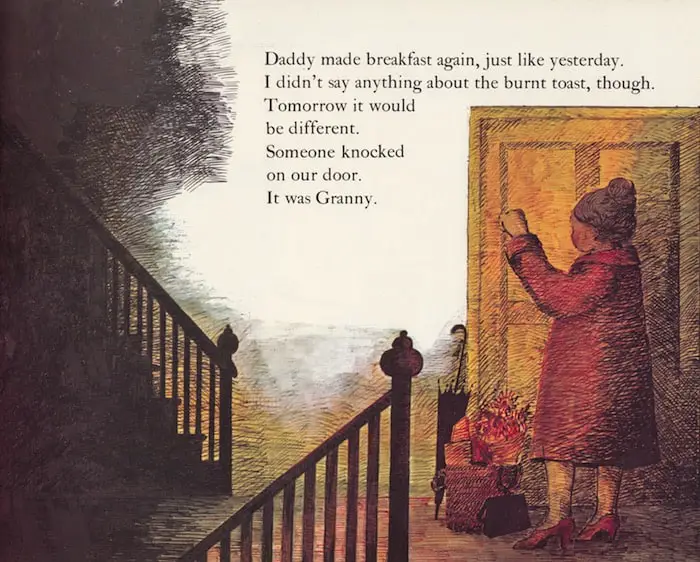
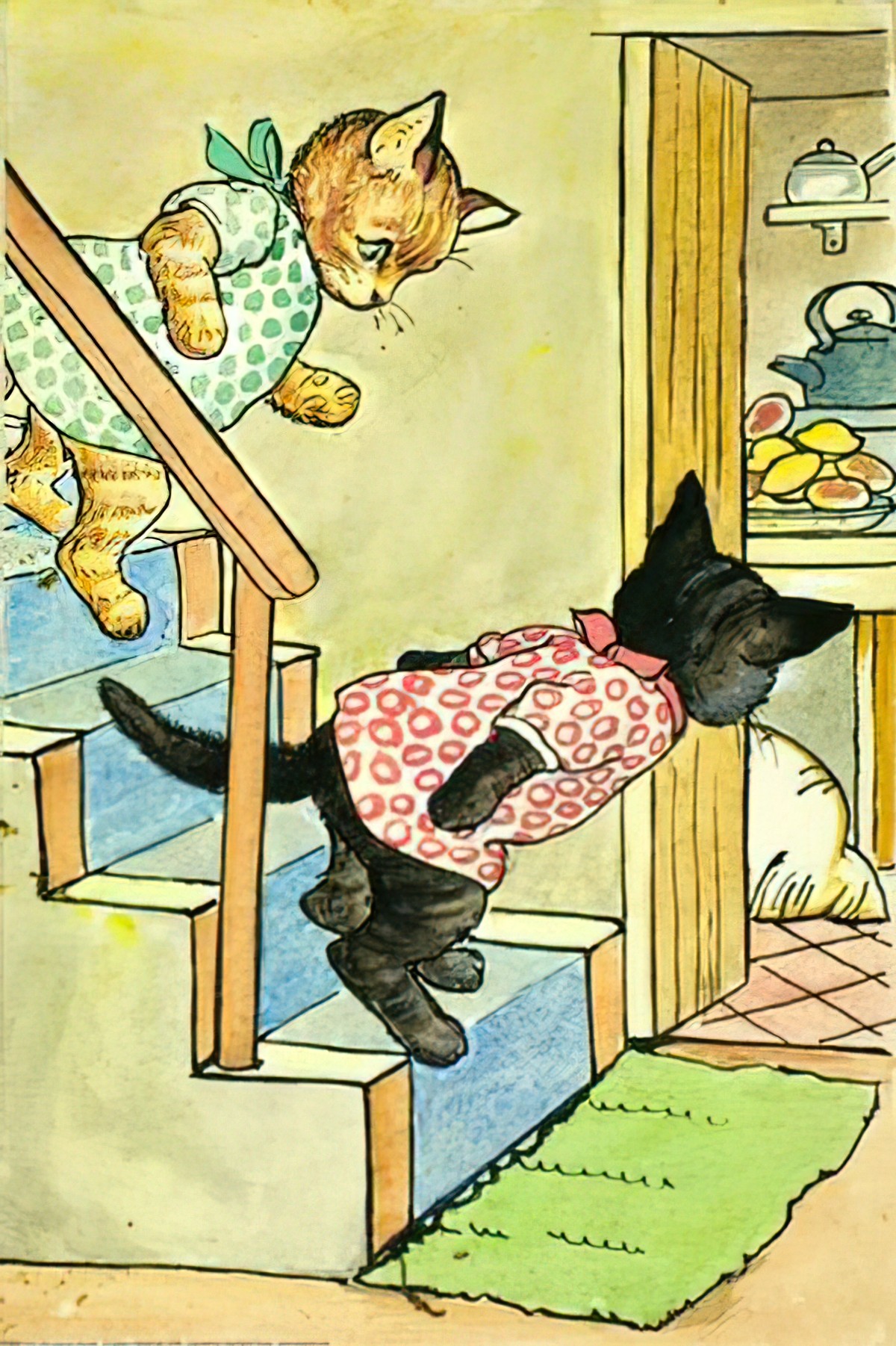
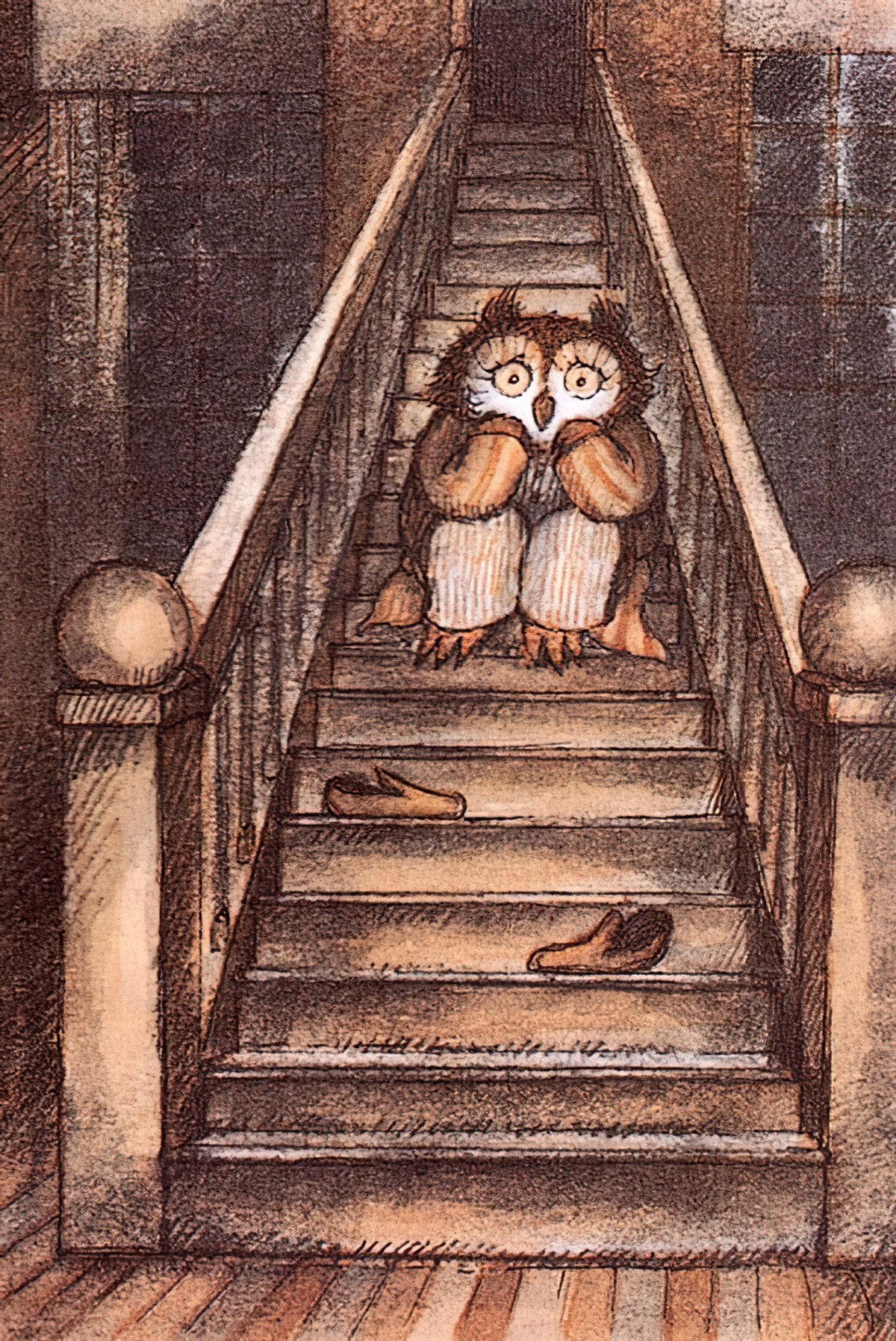
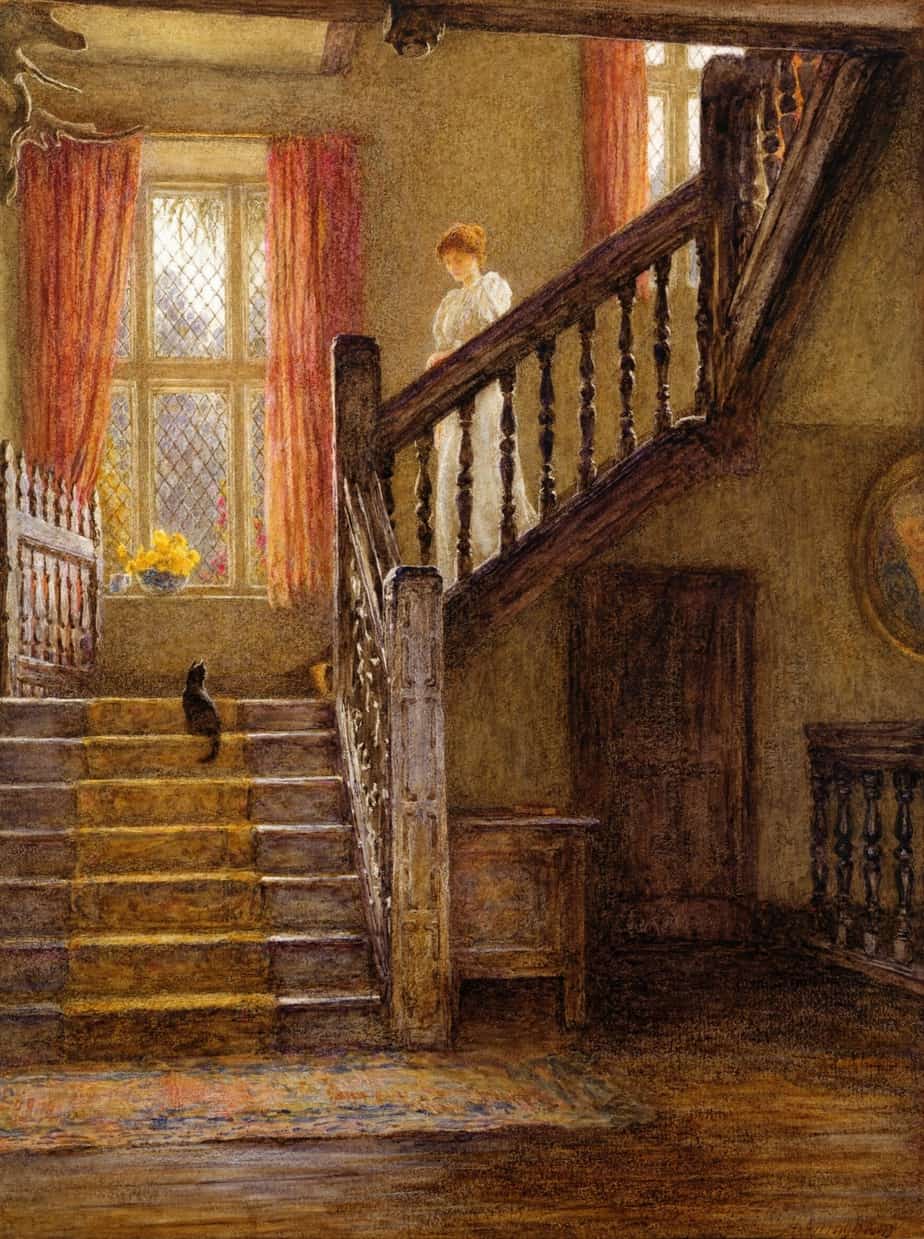
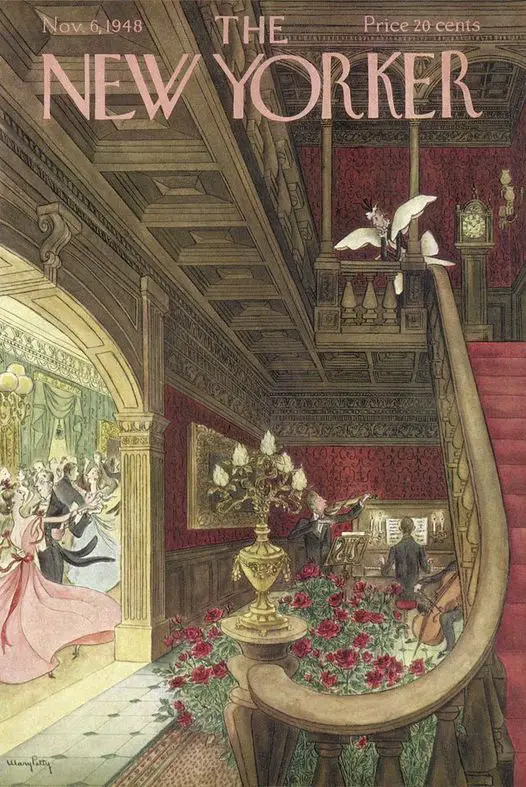
STAIRS AS ADVANCEMENT
(The most expensive properties in Sydney now have elevators.)
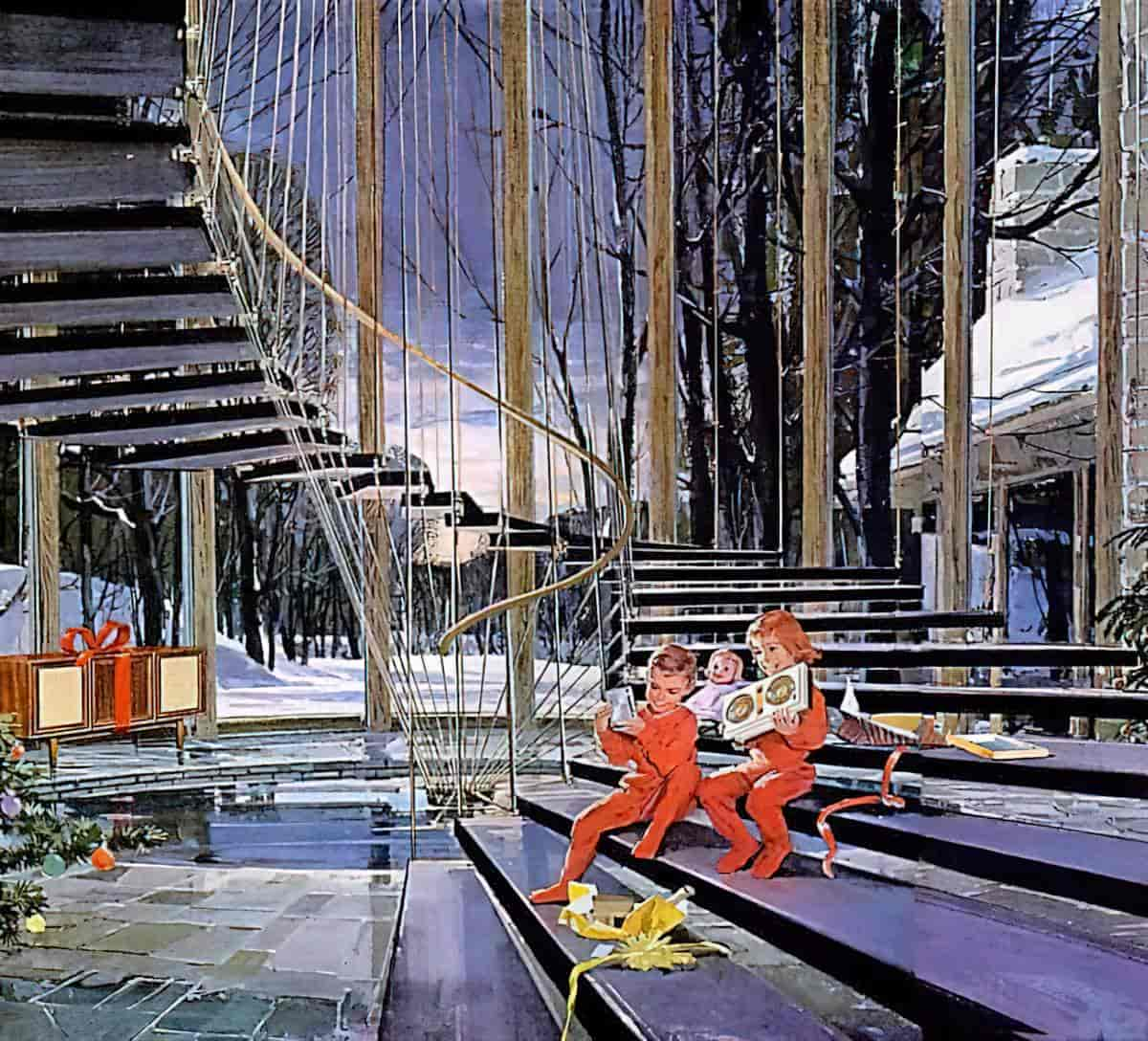
ATTICS
An attic is a space found directly below the pitched roof of a house or other building. Attics are also known as
- lofts
- sky parlors
- garrets
Being in an attic is not like being in any other room — the sloped and low ceiling is a constant reminder.
What are attics used for? Some are converted into insulated, liveable spaces. But others are accessible only by ladder, perhaps a pull-down ladder, or a manhole, considered a storage cavity rather than part of the house.
Victorians were obsessed with air quality in their houses and the attic for well-off landowners was an important part of the ventilation system:
In 1872, a Liverpool doctor, John Hayward, built his own house to demonstrate his ideas of proper ventilation. It was a remarkable and uncommon example of how the new environmental technology had to be integrated with architecture if it was to work well. All the gaslights were so-called Ricket’s globes, in which the flame was enclosed in a glass ball and the fumes were never allowed to enter the room. The windows were not openable. Fresh air was fed in from the basement, warmed in a furnace, and distributed via a central lobby on each floor and through a perforated cornice into the room. Over each gasolier was an outlet grille that led to a duct. The exhausted air was collected in a “foul air chamber” in the attic; from here a shaft led to the kitchen fireplace, which pulled the air down and evacuated it through the chimney. Not only the main rooms but also the kitchen, dressing rooms, bathrooms, and water closets were ventilated in this way.
Home by Witold Rybczynski
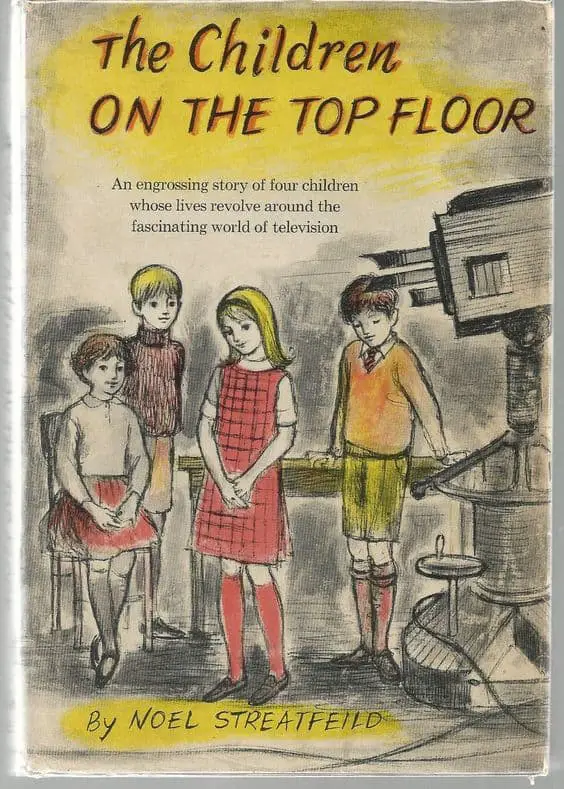
When popular TV personality Malcolm Master says during a broadcast that he envies his listeners the sound of children’s pattering feet they will have on Christmas, he does not expect to find four babies on his doorstep the next day expecting to be adopted! As these children grow up as siblings, they need to create their own family since he is rarely around.
In The Mystery of the Deadly Double we have an illustration of a regular sized house but with the basic features of a gothic mansion — the attic looks like a modern version of a belfry.
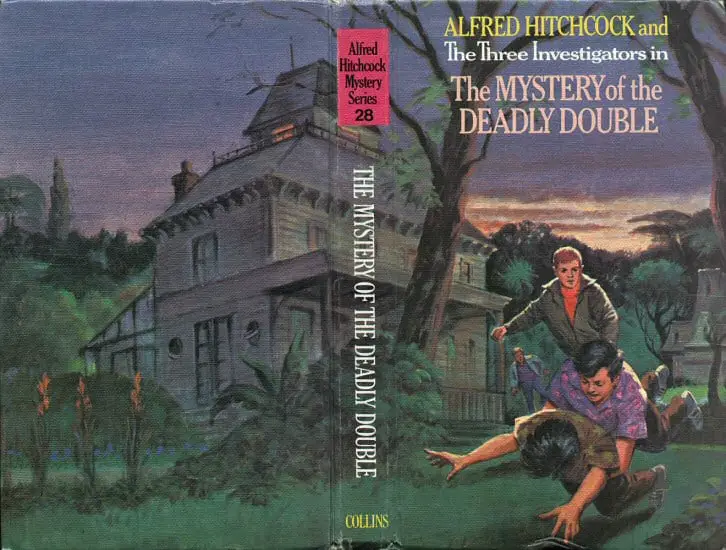
Attics can be creepy. They can safeguard horrible secrets. The attic is the architectural equivalent of the psyche, the head. You may have heard the phrase ‘squirrels in the attic’ to describe lying awake at night, ostensibly because your squirrels in the attic are making noise, but really because you’re worrying about something.
The attic can also be a haven, however, as it is for the bachelor in 101 Dalmatians.
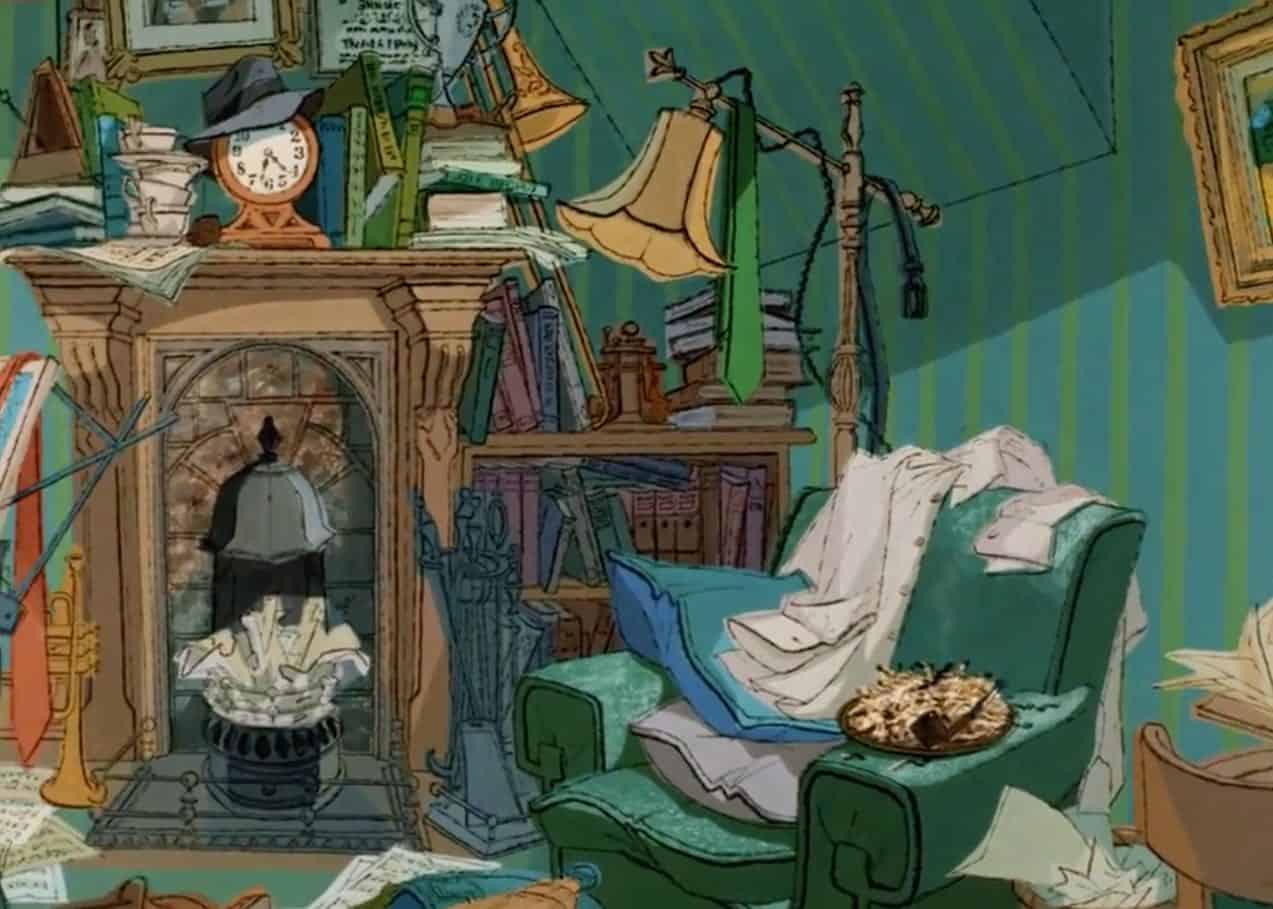
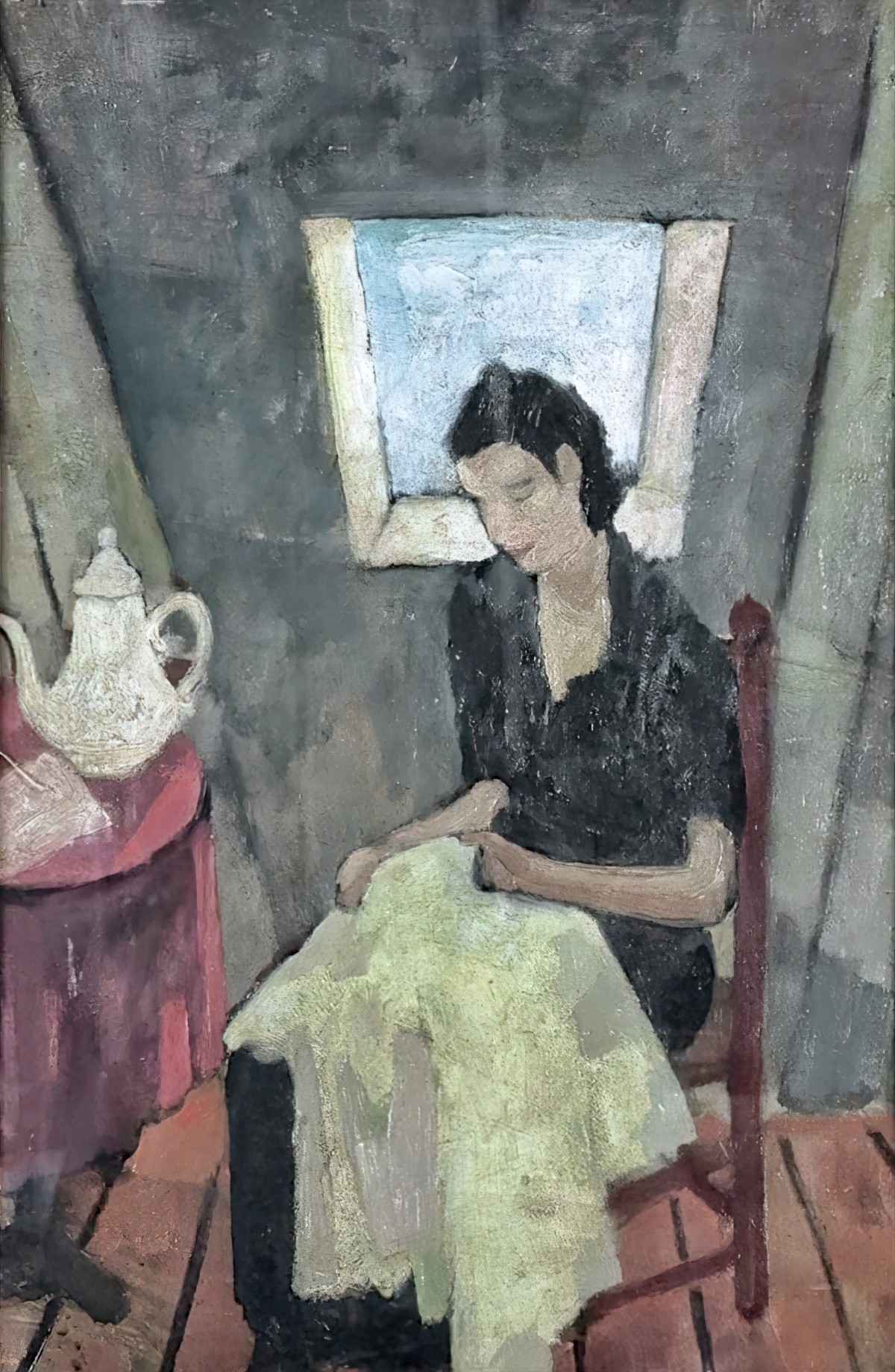
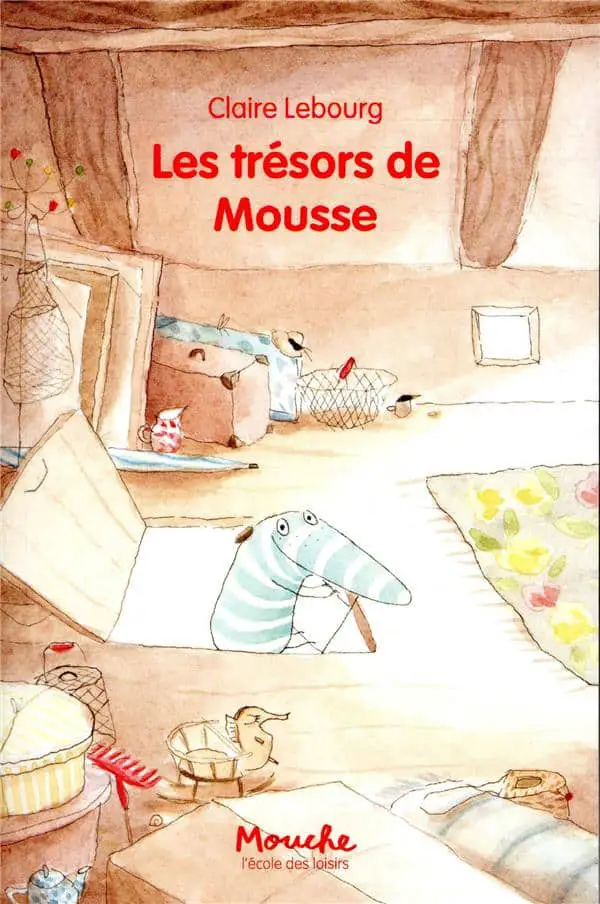
Mousse will welcome his niece Pistachio for a few days. He wants everything to be perfect: he does the shopping, sets up a small library with his favorite books, prepares the guest room…
He quickly realizes that what pleases Pistache the most is to bathe again and again. Is there anything else that might interest him? Yes, maybe to participate in this garage sale. But Mousse finds that what is in the attic is very good in the attic. And then, these are his memories…
As much as the attic is a haven, our bachelor must come down from his safe space, meet a woman, marry and have children. Sure enough, he is forced out of his attic and into the real world.
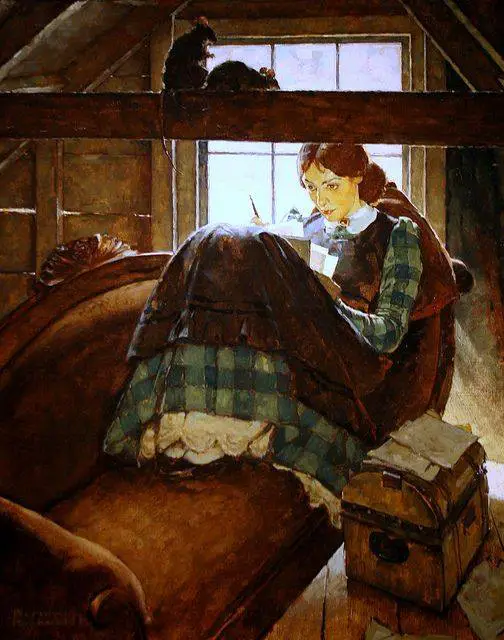
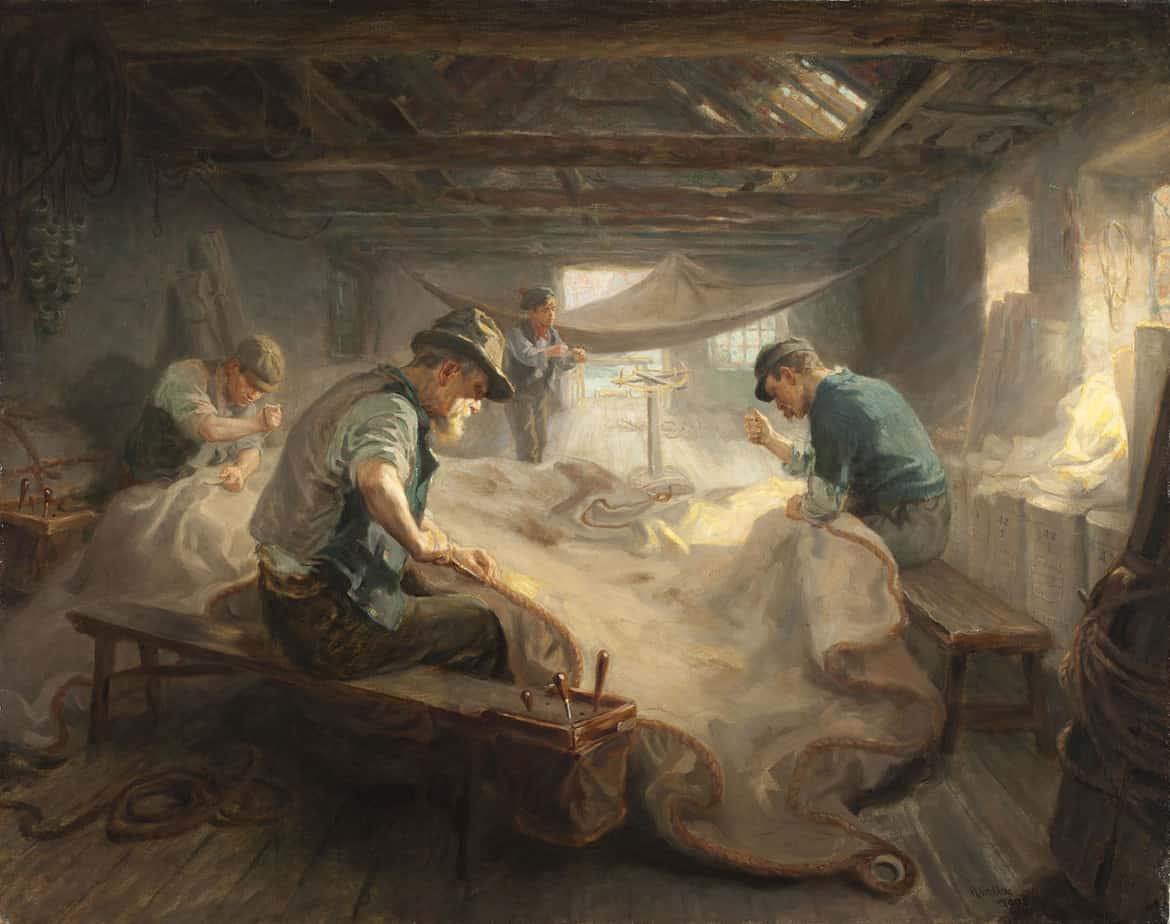
For more on the symbolism of the attic, see Symbolism Of The Dream House.
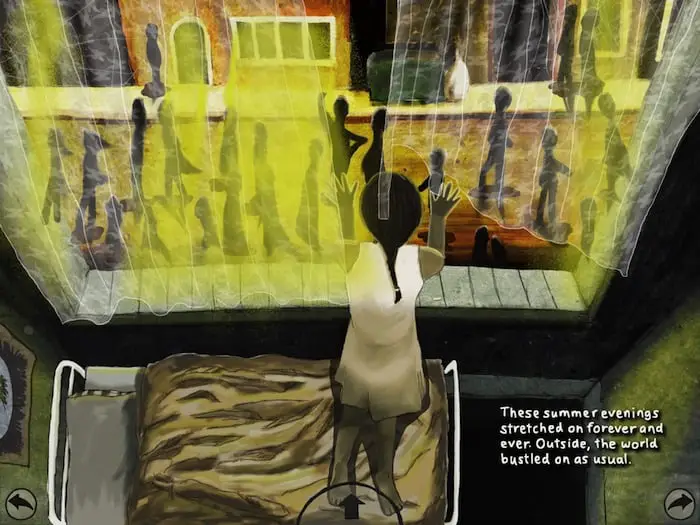
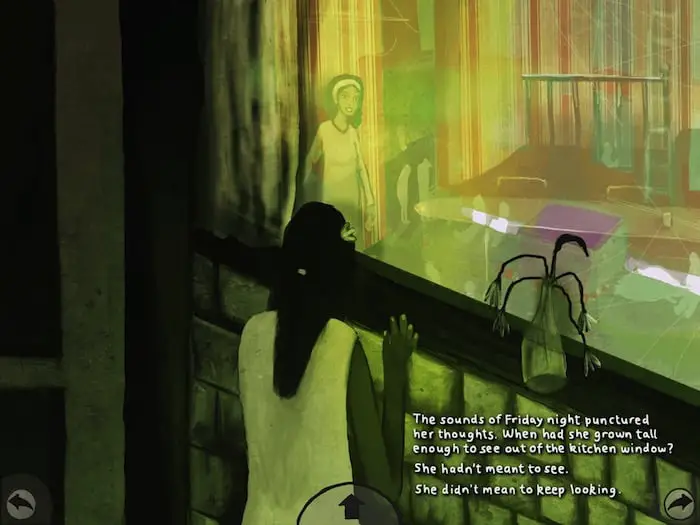
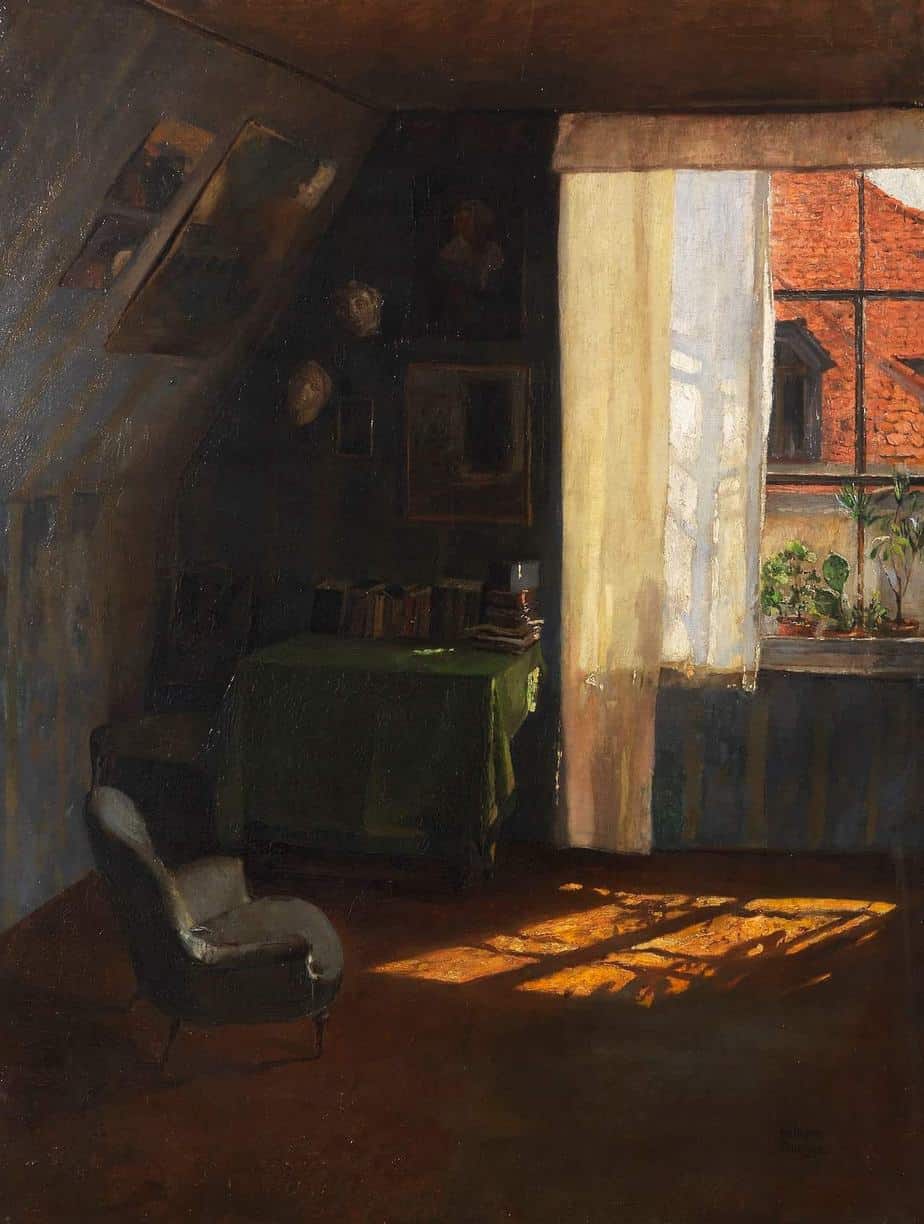
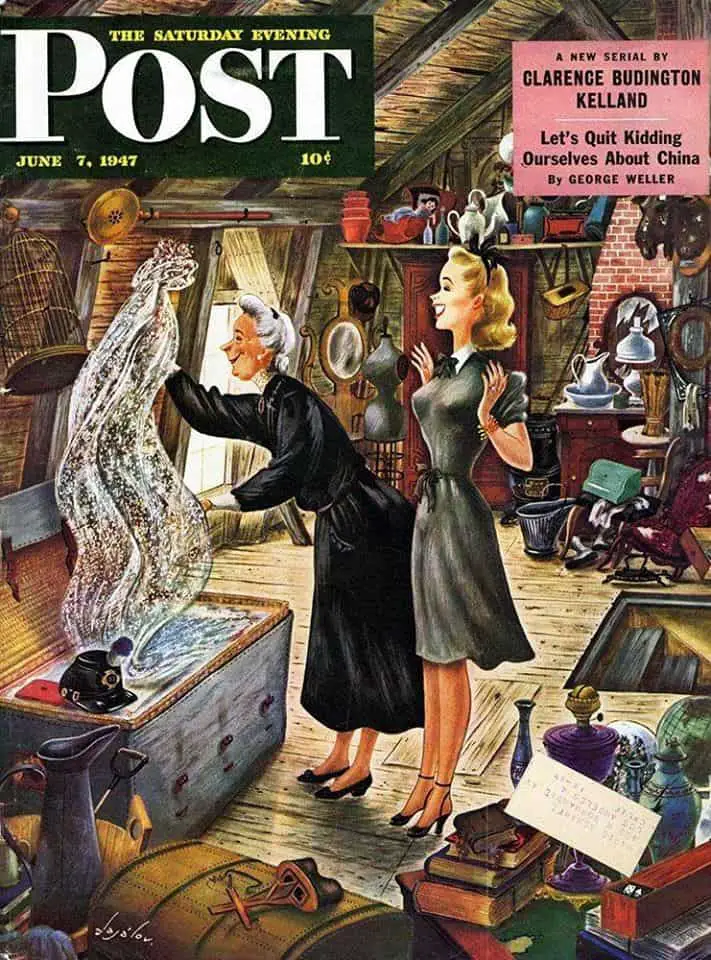
WOMEN UPSTAIRS
Maids In Attics
In the Edwardian era:
Maids were invariably placed in the attic, partly because there were rooms there that the family didn’t use and partly to keep them as far away as possible from the male staff, to deter ‘fraternization’. For this reason, the maids’ corridor, often guarded by a formidable housekeeper or head housemaid, was known as the ‘Virgin’s wing’.
Bare Necessities
The basic furniture in the attic rooms varied little from house to house. There was a mattress on a small iron bedstead for each maid, a washstand with a jug for water, as very few had running water, and a basin, soap dish and toothbrush holder which rarely matched, having been passed down from the ‘best bedrooms’ when a companion piece had been broken. Some would have chairs and all would have bare floorboards, unlike the thick rugs and carpets of family rooms.
Private Utilities
Ornaments and pictures were strictly forbidden in most servants’ bedrooms and the attics were bitterly cold in winter, with the poor incumbent usually waking to a frozen flannel and ice in the washing jug. Even when electricity and gas became common in society homes, employers trying to save on their budget usually left the attic out of the expensive installation.
from Life Below Stairs: True Lives of Edwardian Servants by Alison Maloney
Mad Women In The Attic
The trope comes from Jane Eyre by Charlotte Bronte, in which Mr Rochester keeps a mad wife locked up in his attic. This trope was really common in works written in the 1800s, but didn’t really become known by that name (‘Madwoman In The Attic’) until an academic work published 1979 by Sandra Gilbert and Susan Gubar.
Gilbert and Gubar examine the notion that women writers of the 19th Century were confined in their writing to make their female characters either embody the “angel” or the “monster.” This struggle stemmed from male writers’ tendencies to categorise female characters as either pure, angelic women or rebellious, unkempt madwomen.
Wikipedia
The Woman Upstairs by Claire Messud
The main character in Messud’s novel is a middle-aged school teacher who is not imprisoned by any single man, as such, but by a society in which she is increasingly invisible.
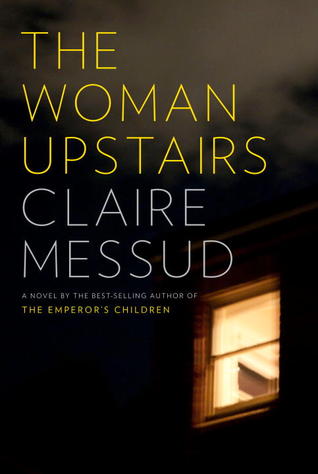

Wide Sargasso Sea is a 1966 novel by Dominican-British author Jean Rhys. The novel serves as a postcolonial and feminist prequel to Charlotte Brontë’s novel Jane Eyre (1847), describing the background to Mr. Rochester’s marriage from the point-of-view of his wife Antoinette Cosway, a Creole heiress. Antoinette Cosway is Rhys’s version of Brontë’s devilish “madwoman in the attic”.
The ‘mad woman in the attic’ is given a voice in this cornerstone of post-colonial fiction. Antoinette Cosway is a Creole heiress and the wife of a man who, though never named, is understood to be the dashing Mr Rochester of Charlotte Brontë’s 1847 novel Jane Eyre. Cosway’s tragic narrative is delivered in three ceaselessly compelling parts, each brimming with a heady mix of lechery and treachery. A deep sense of injustice – racial and sexual tension simmers throughout.
The Island Review
Falling Down Stairs
I’ve been watching a show on Netflix called Forensic Files. One thing I have learnt: when people suicide they inexplicably keep holding the gun because their hand muscles kind of seize up. Also: It’s actually quite rare to die after falling down stairs, yet murderers have tried to stage death by stairs on numerous occasions.
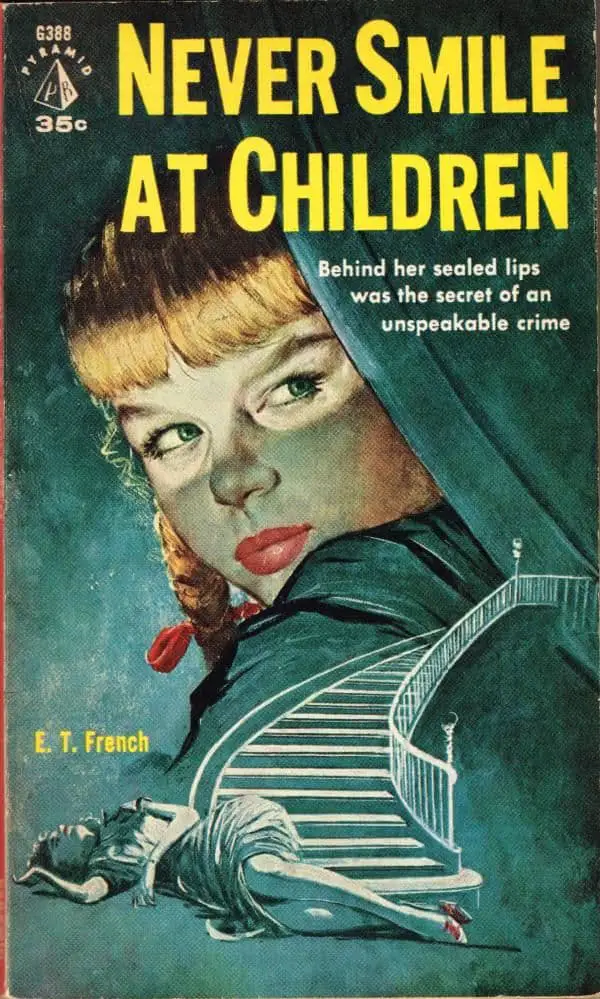
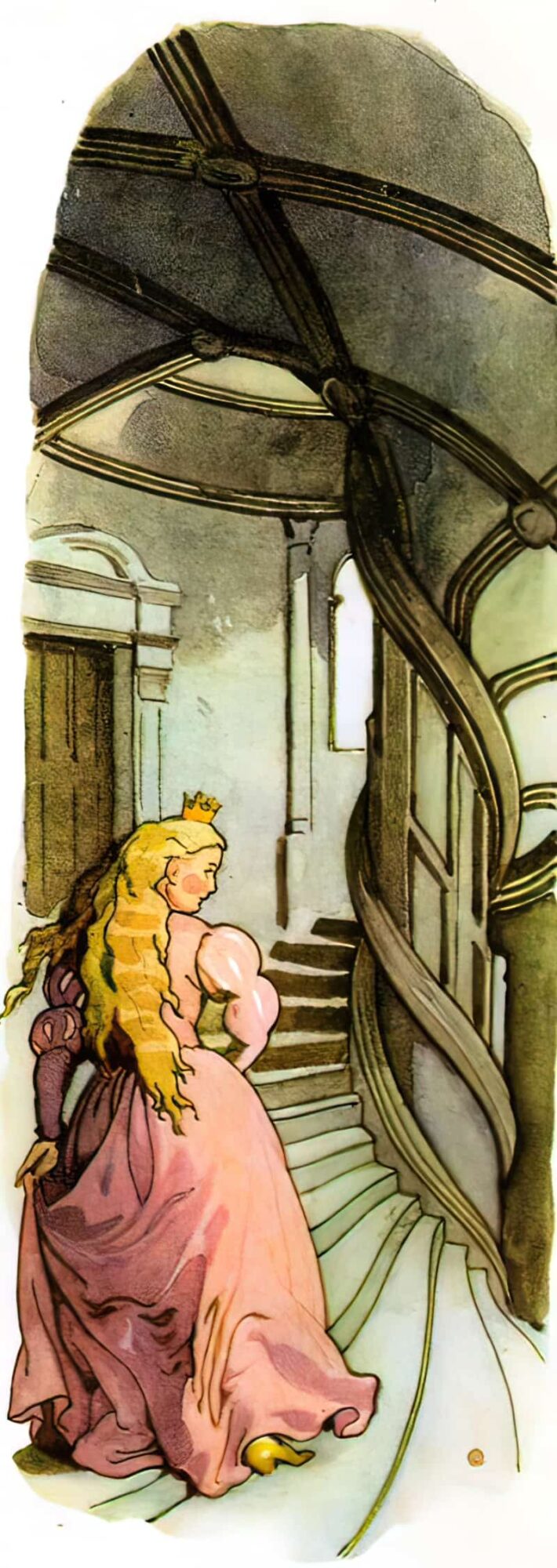
RELATED TERM
ABOVE, THE: Also called “the aloft” and sometimes used interchangeably with “the Heavens,” this term refers to the gallery on the upper level of the frons scenae. In Shakespeare’s Globe Theater, this area contained the lords’ rooms, but the center of this location was also used by the actors for short scenes. On the other hand, in most indoor theaters like the Blackfriars Theater, musicians above the stage would perform in a curtained alcove here.
Literary Terms and Definitions
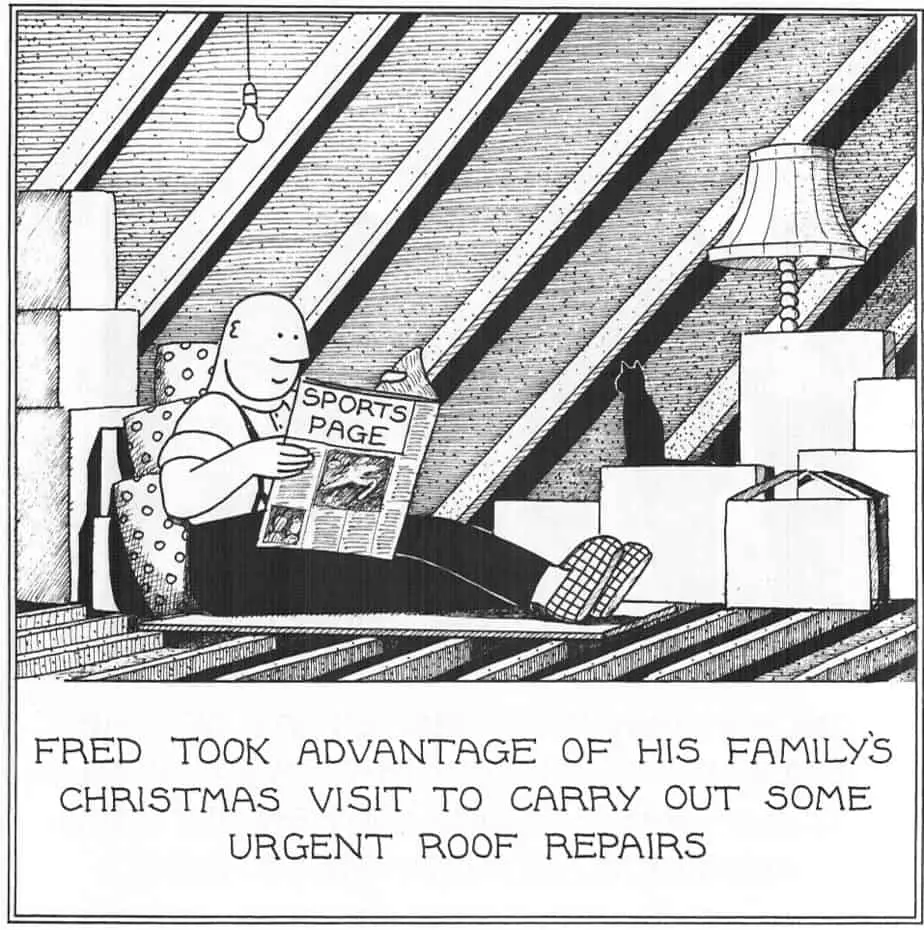
Header illustration: C. Coles Phillips (American artist and illustrator, 1880-1927)
